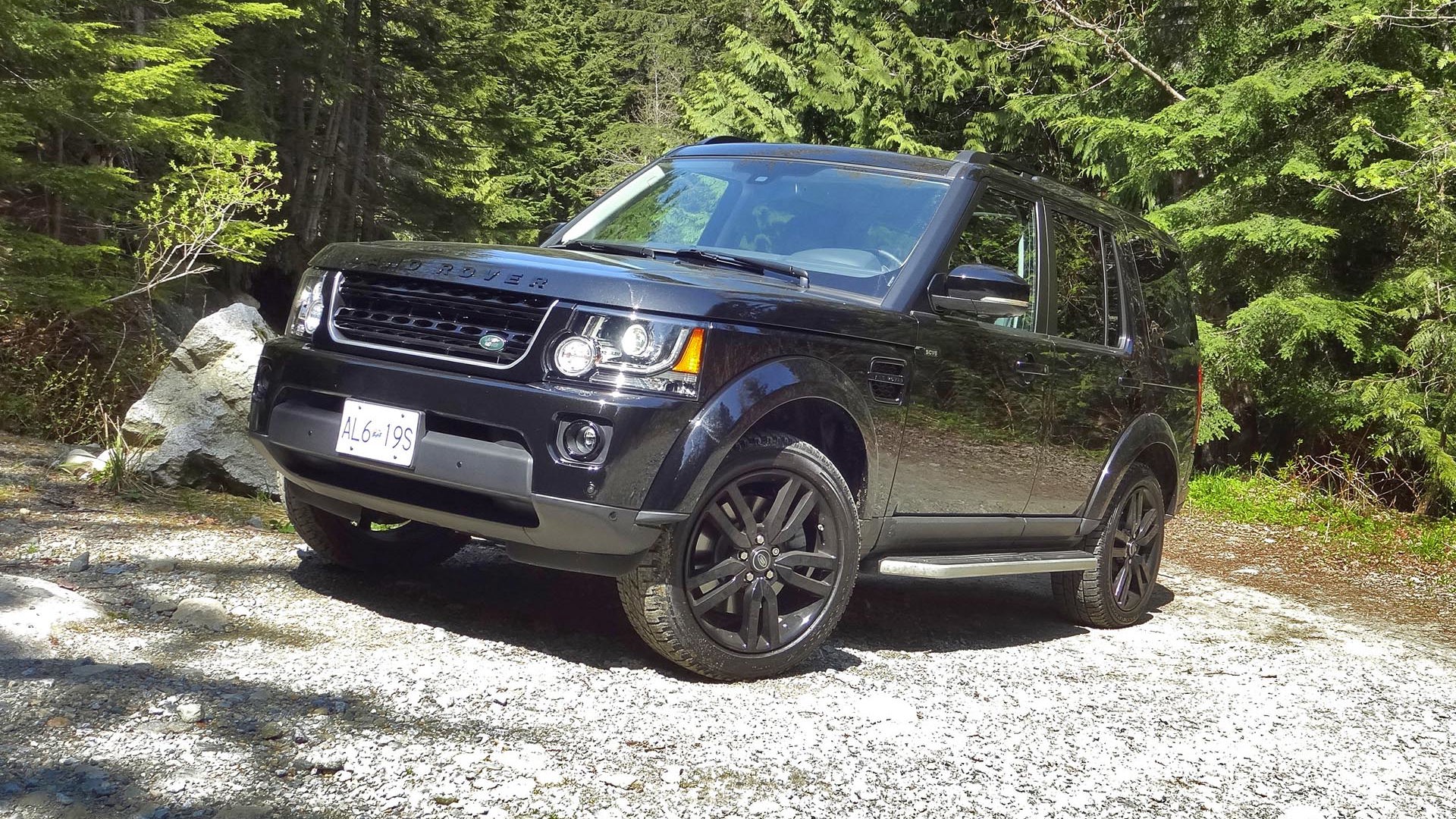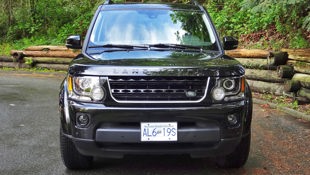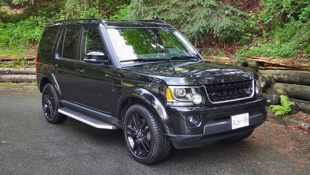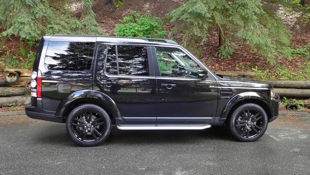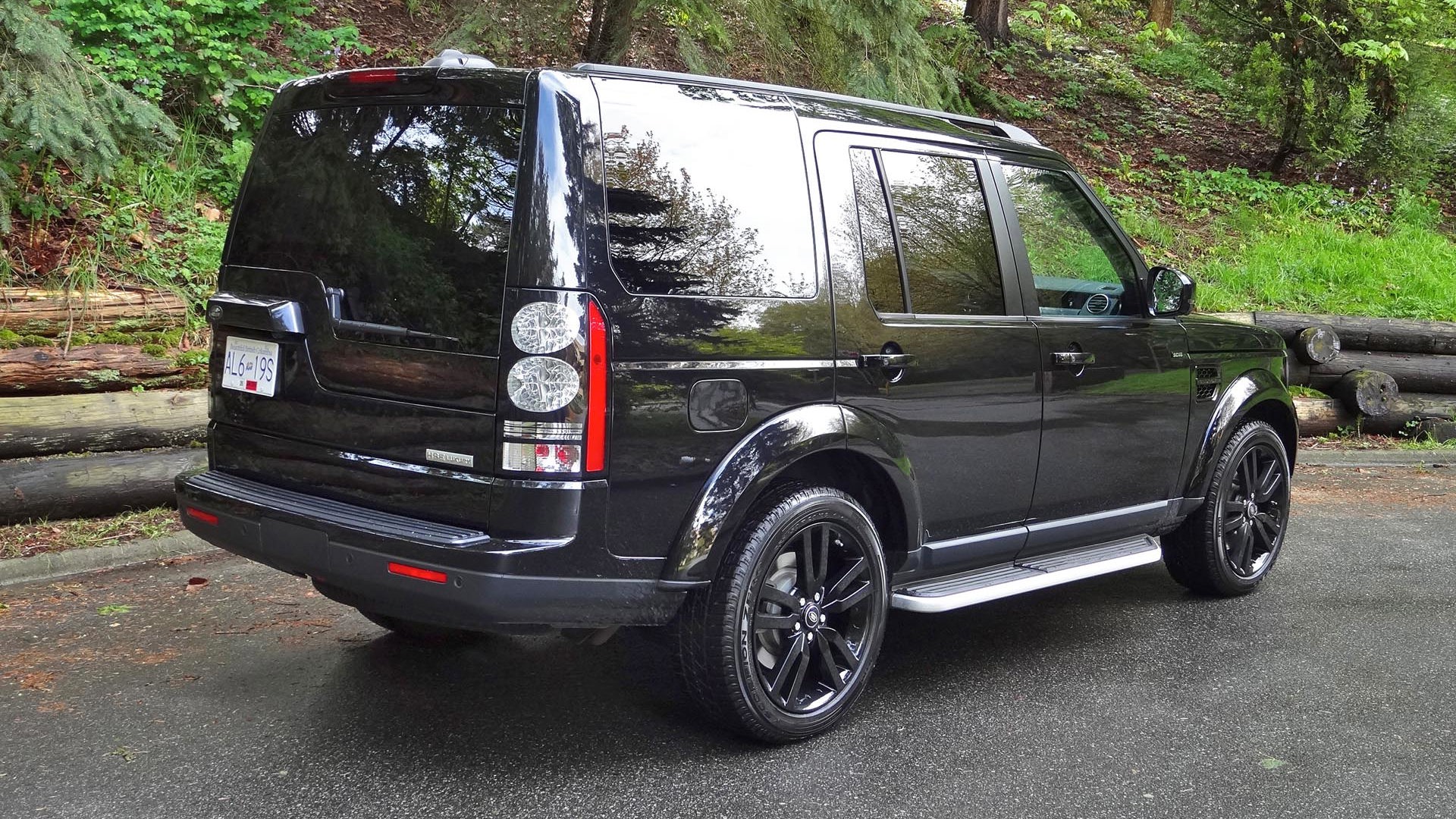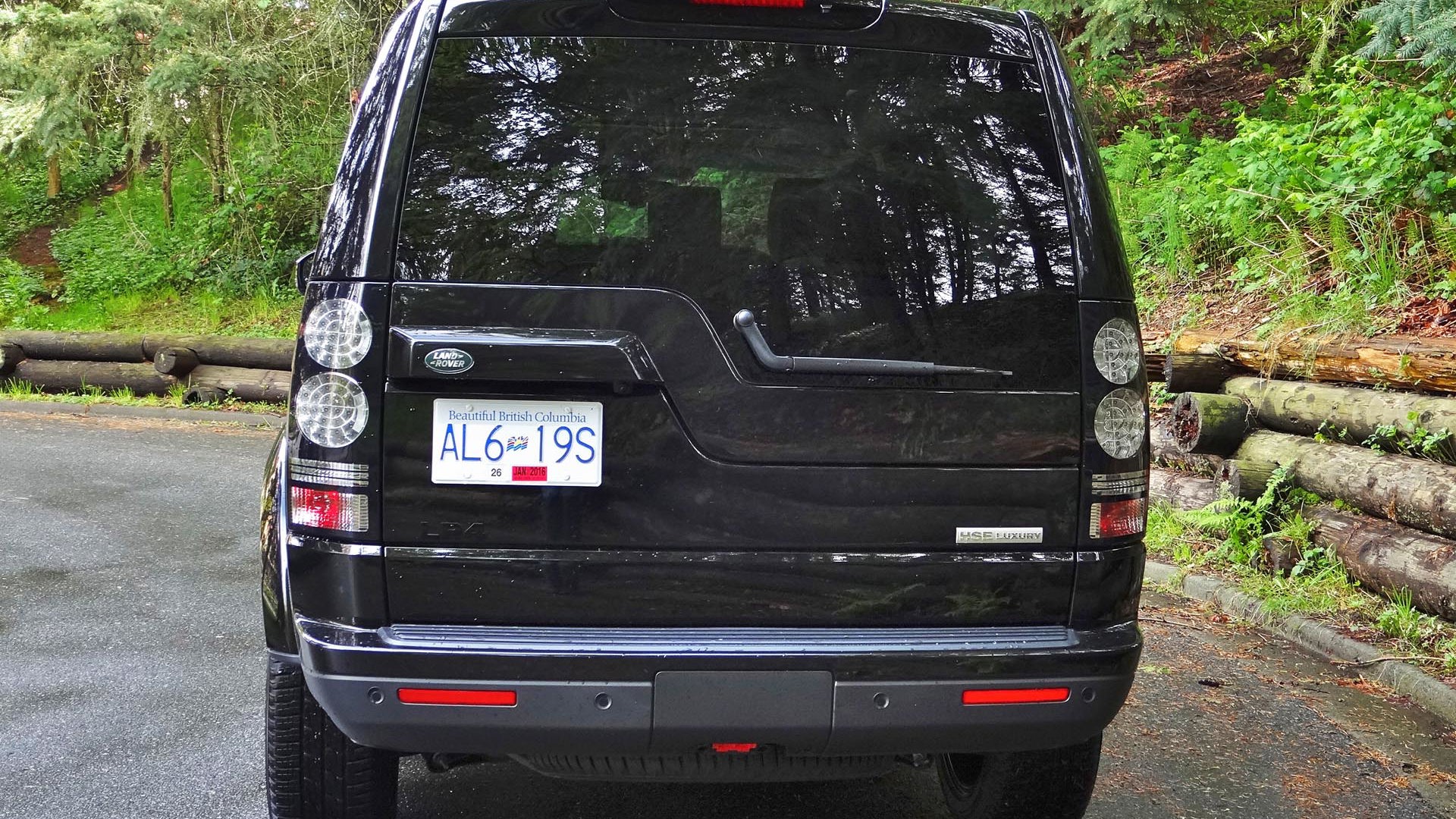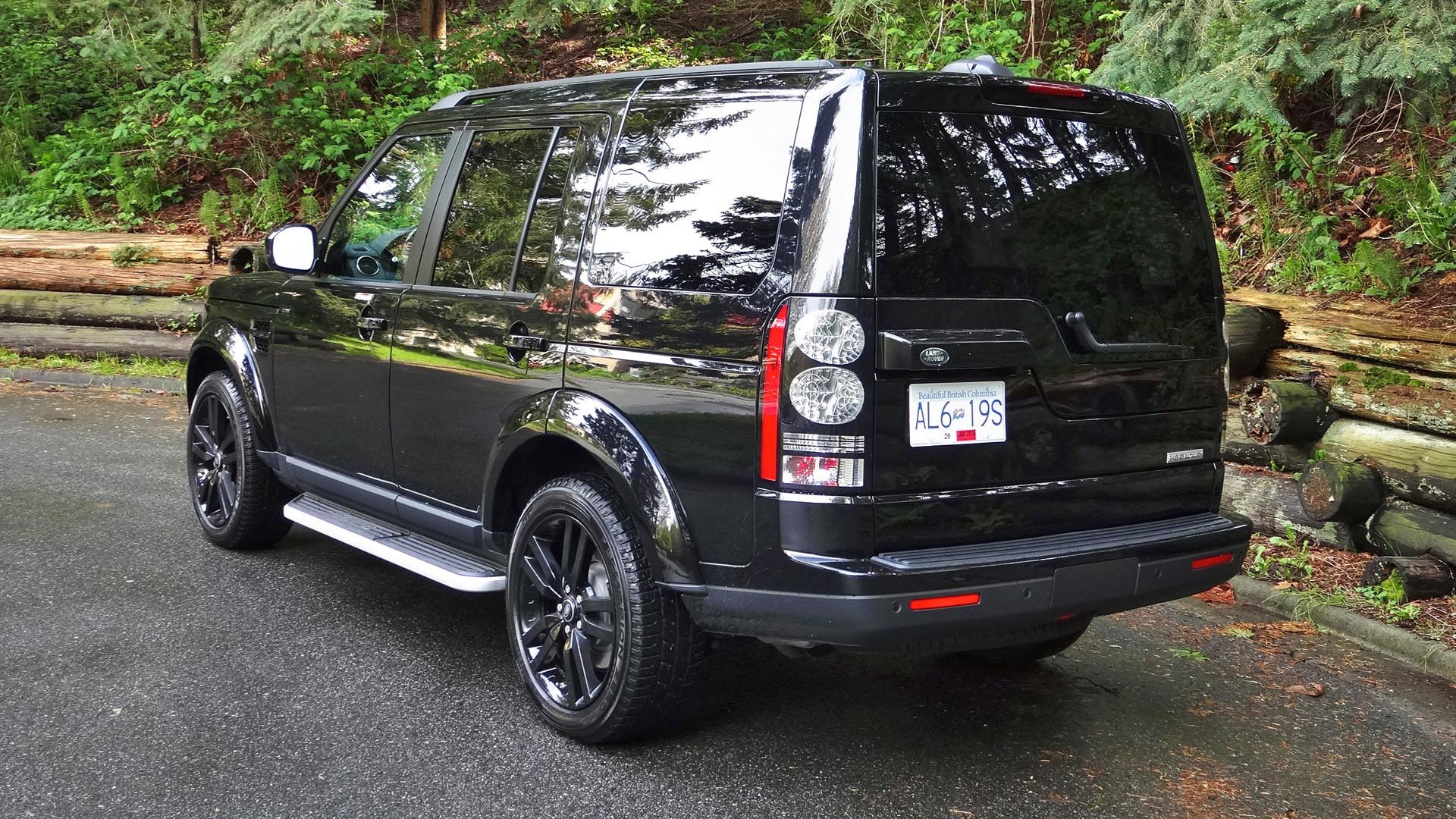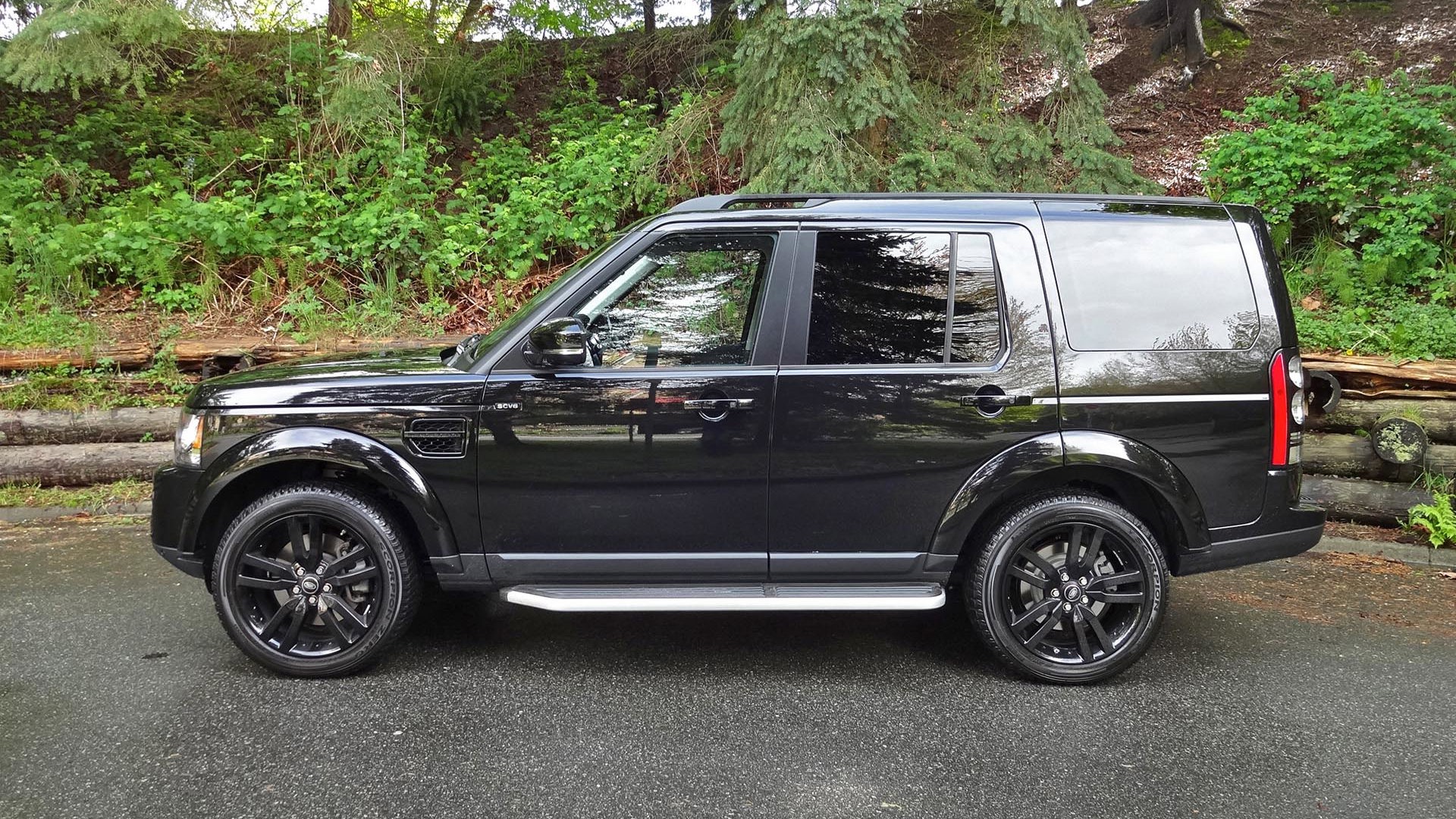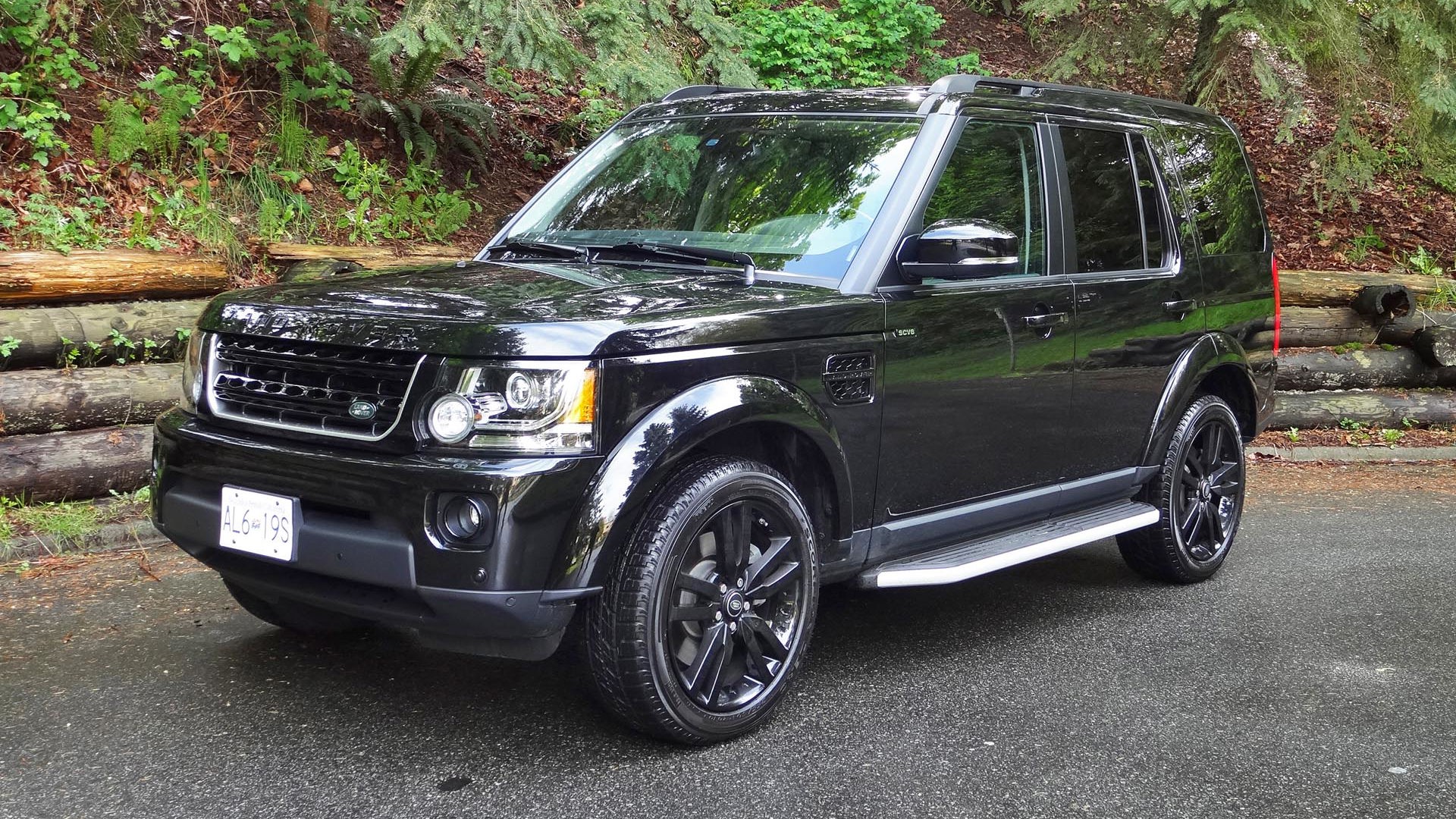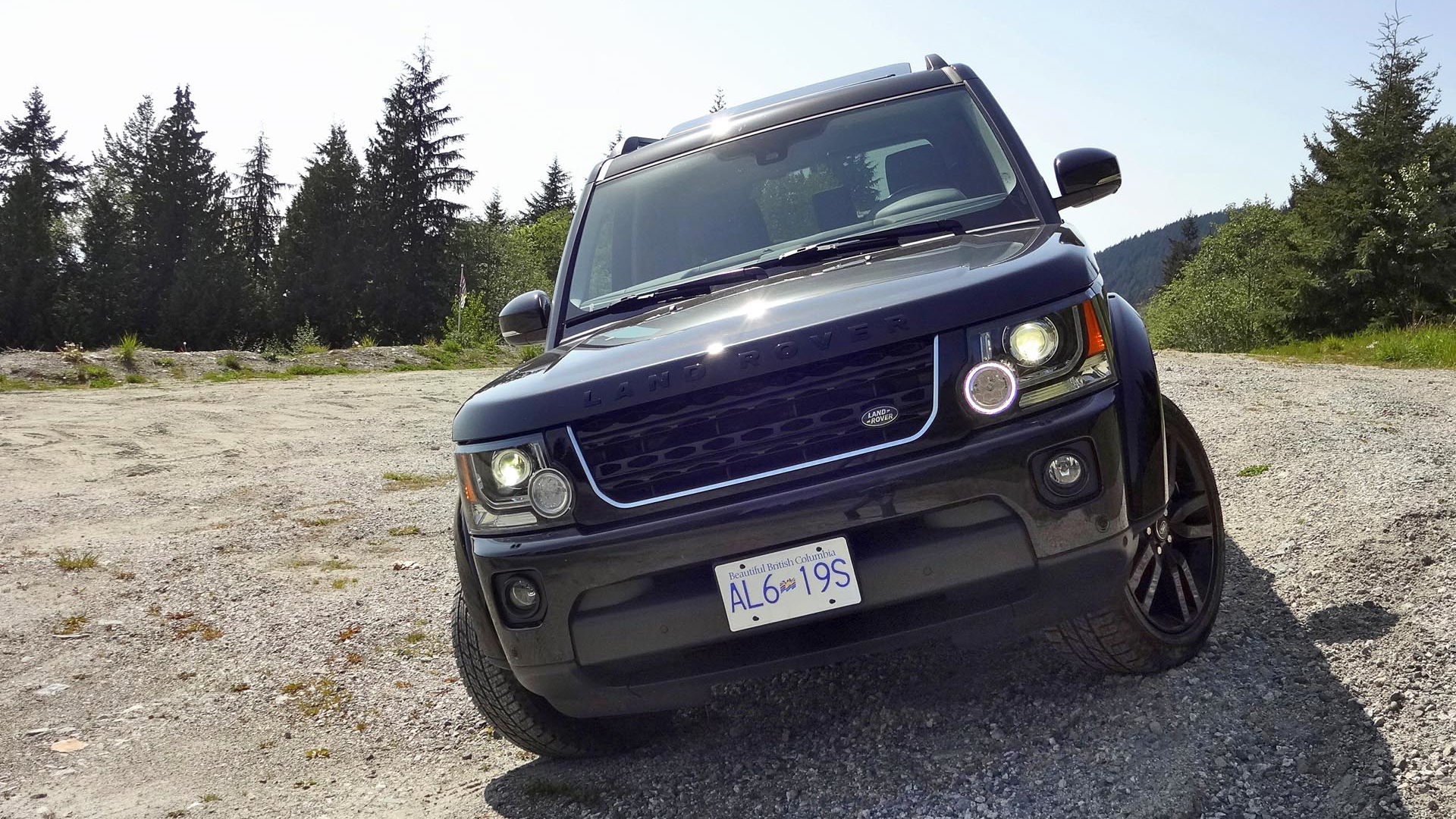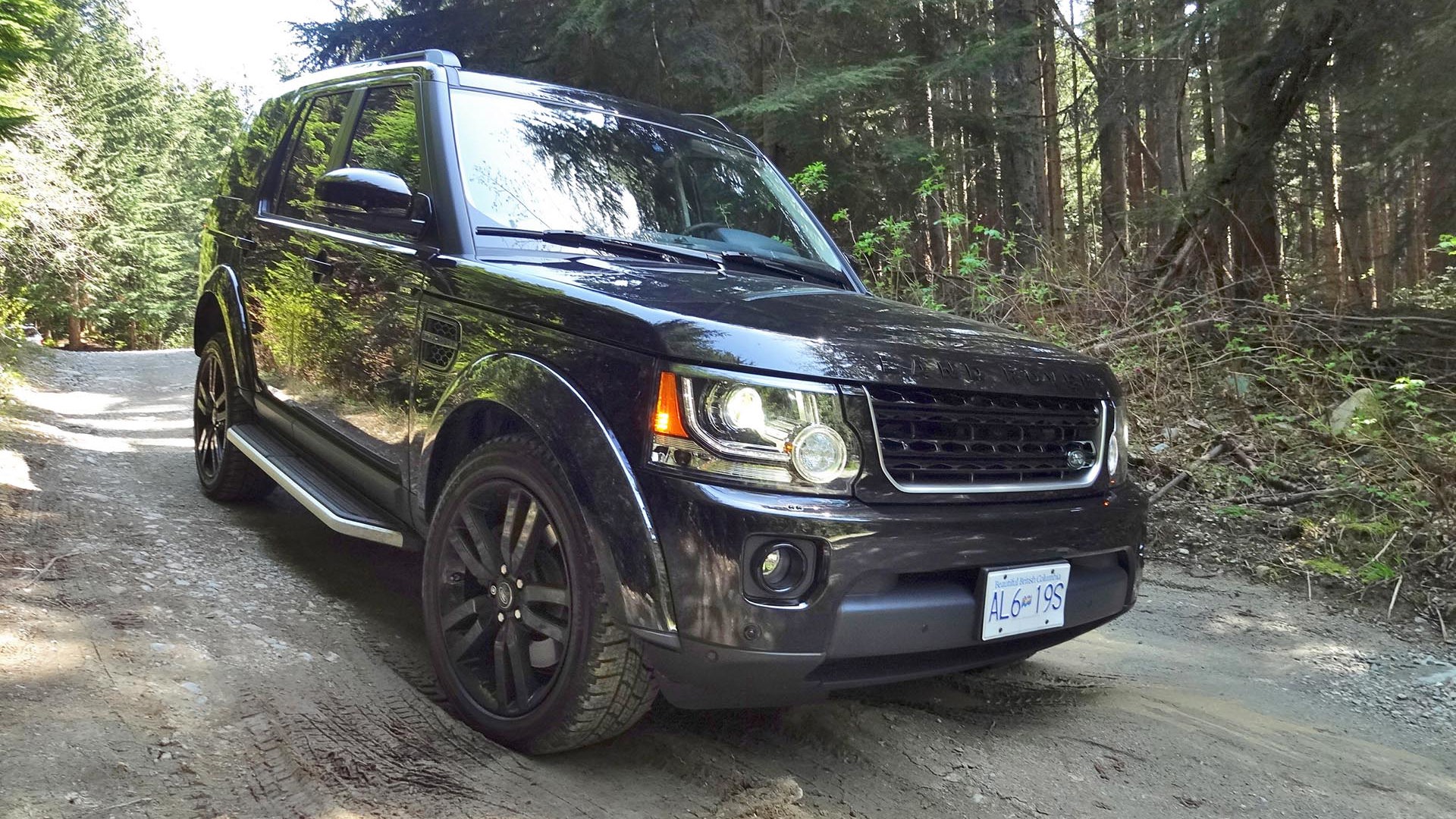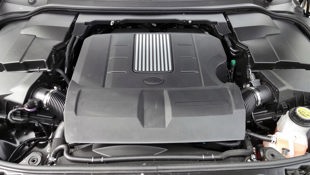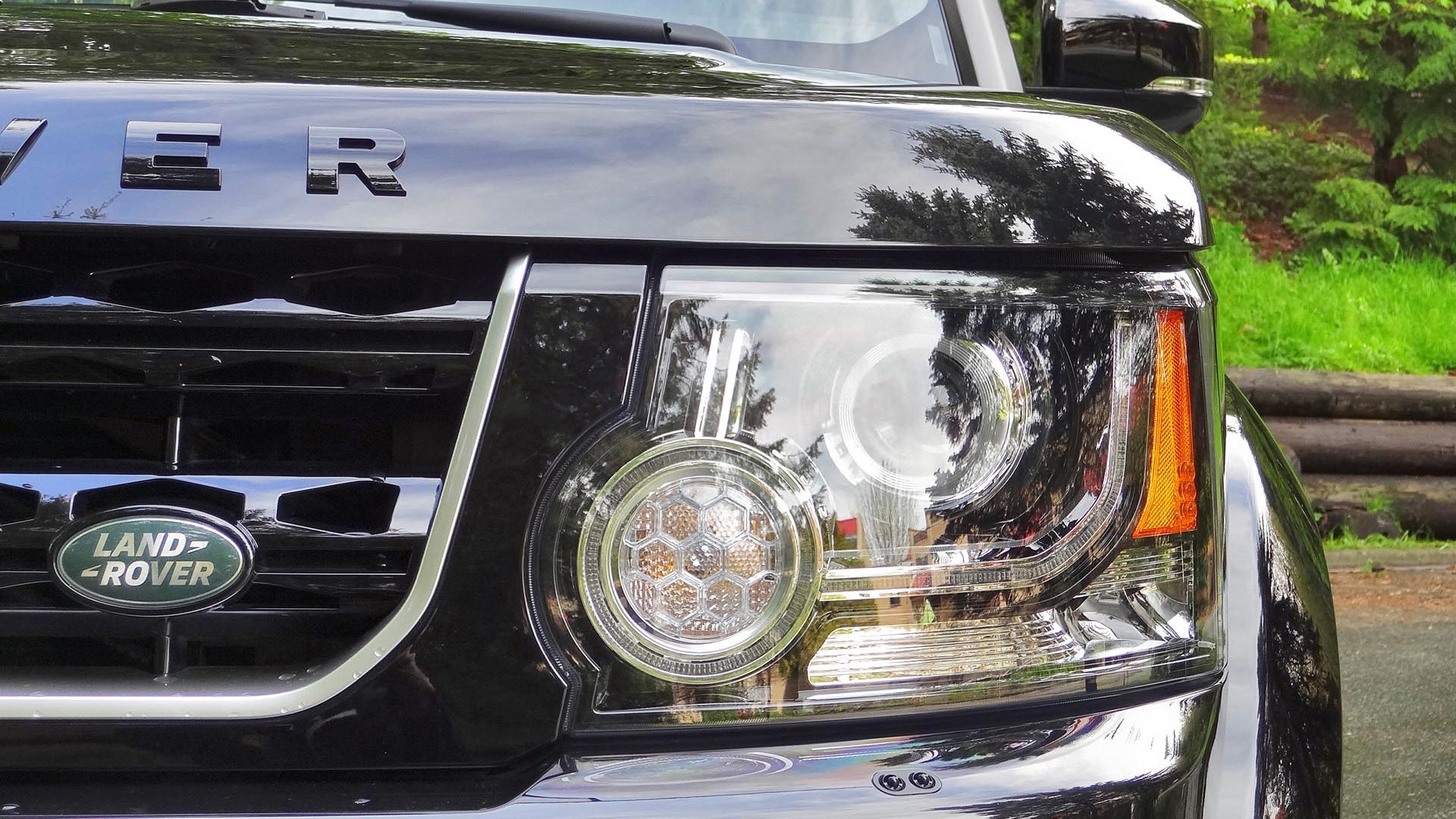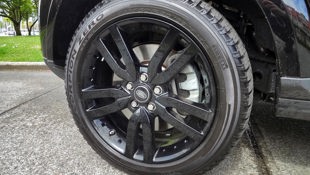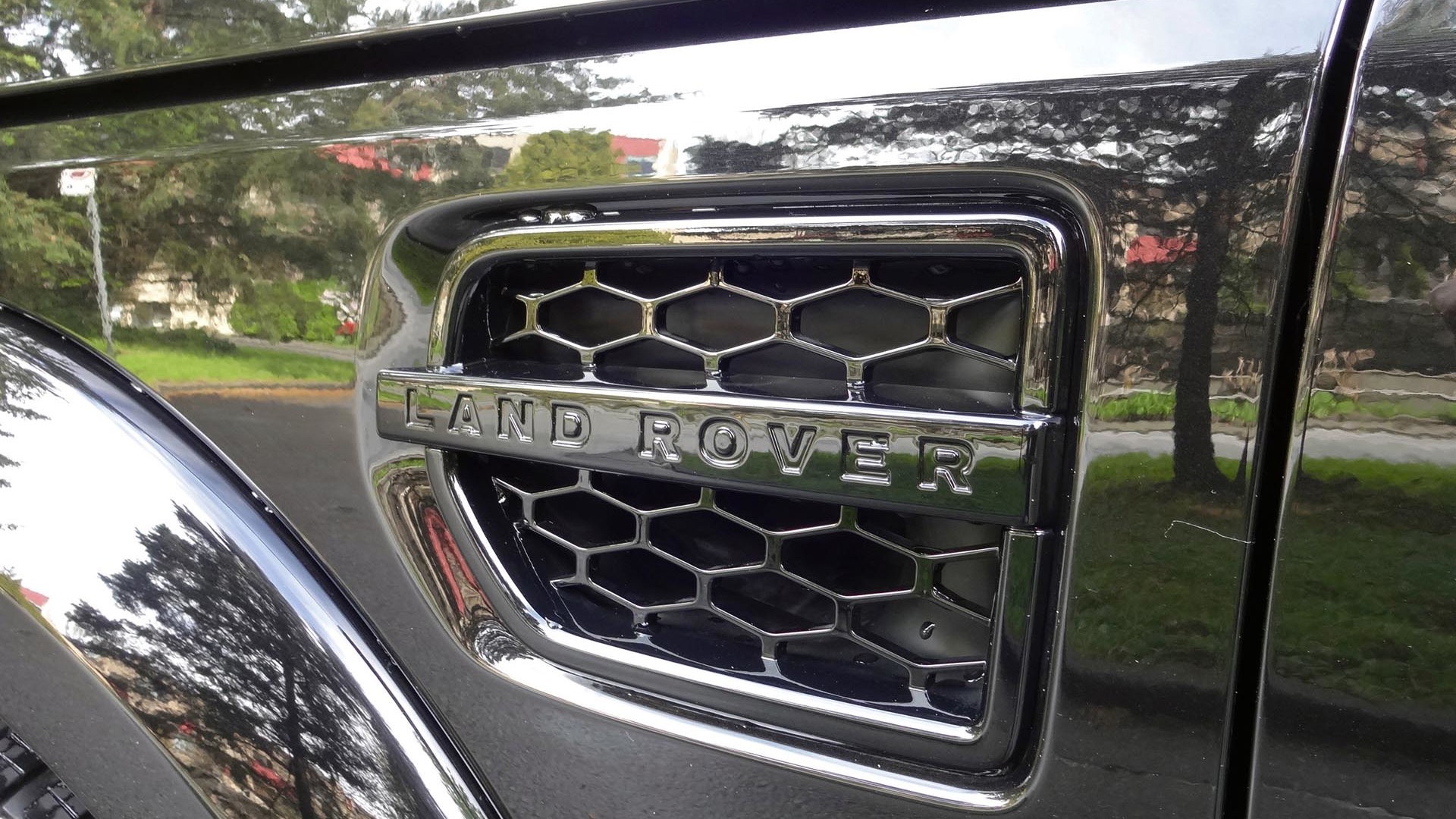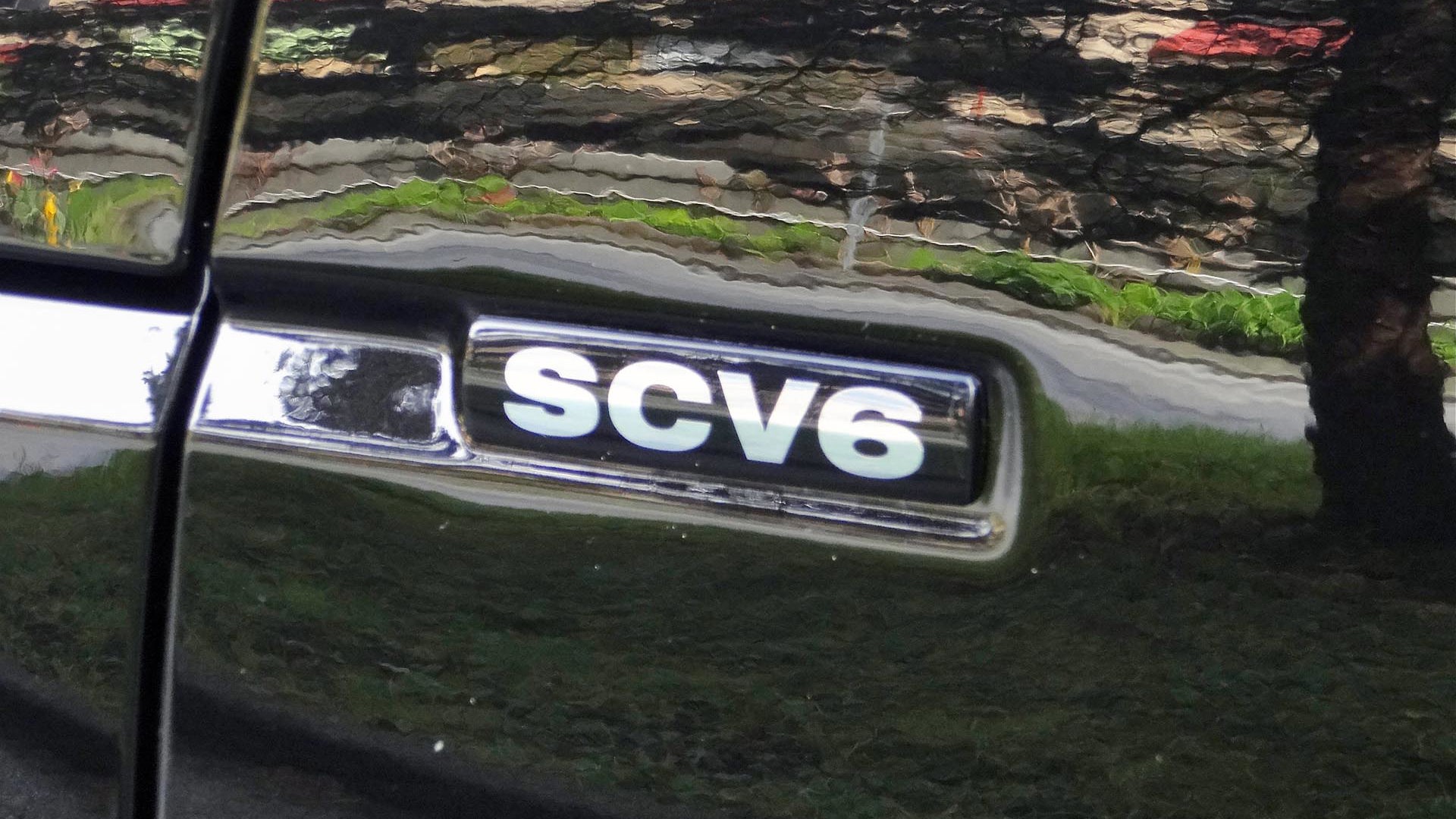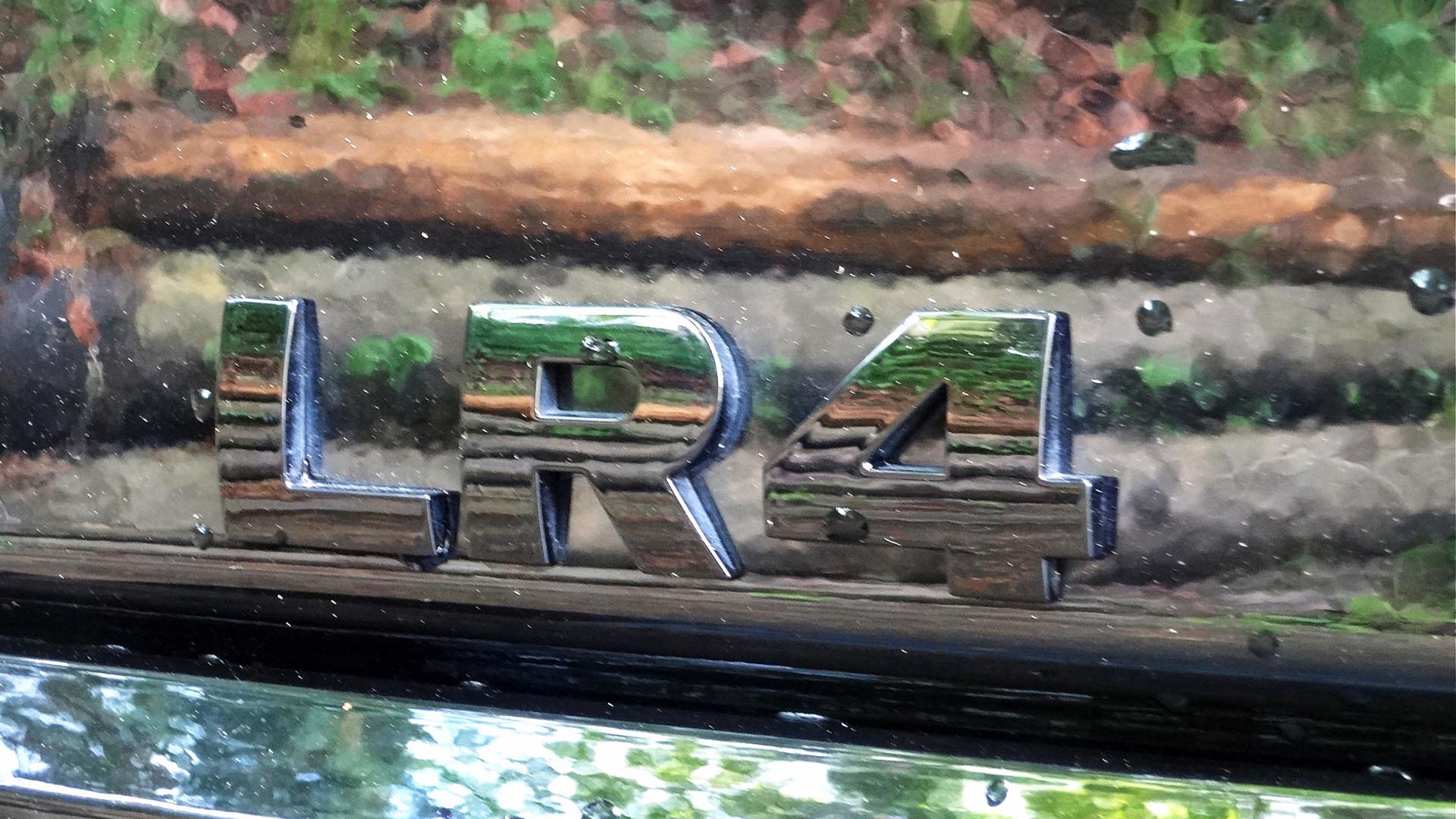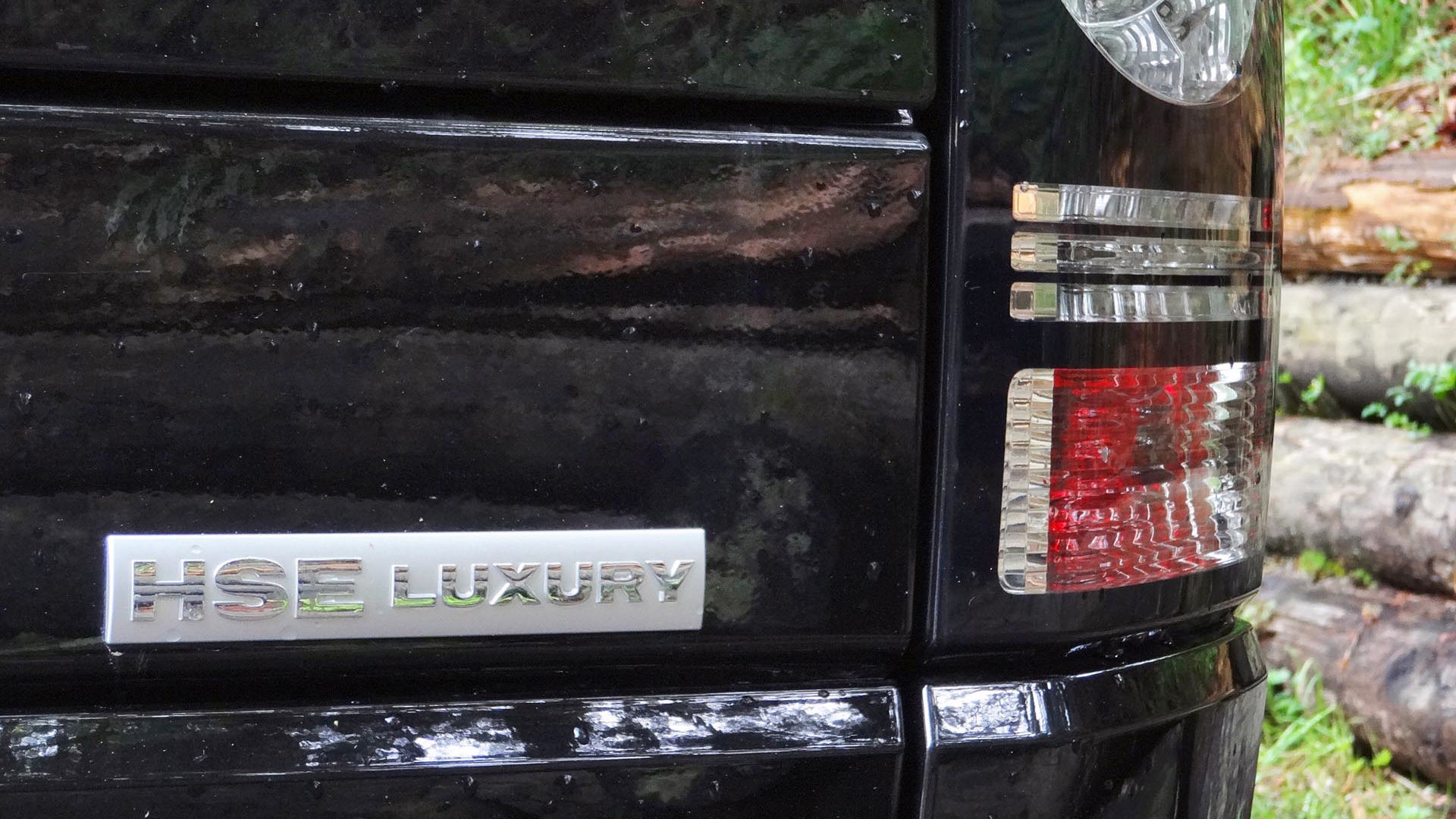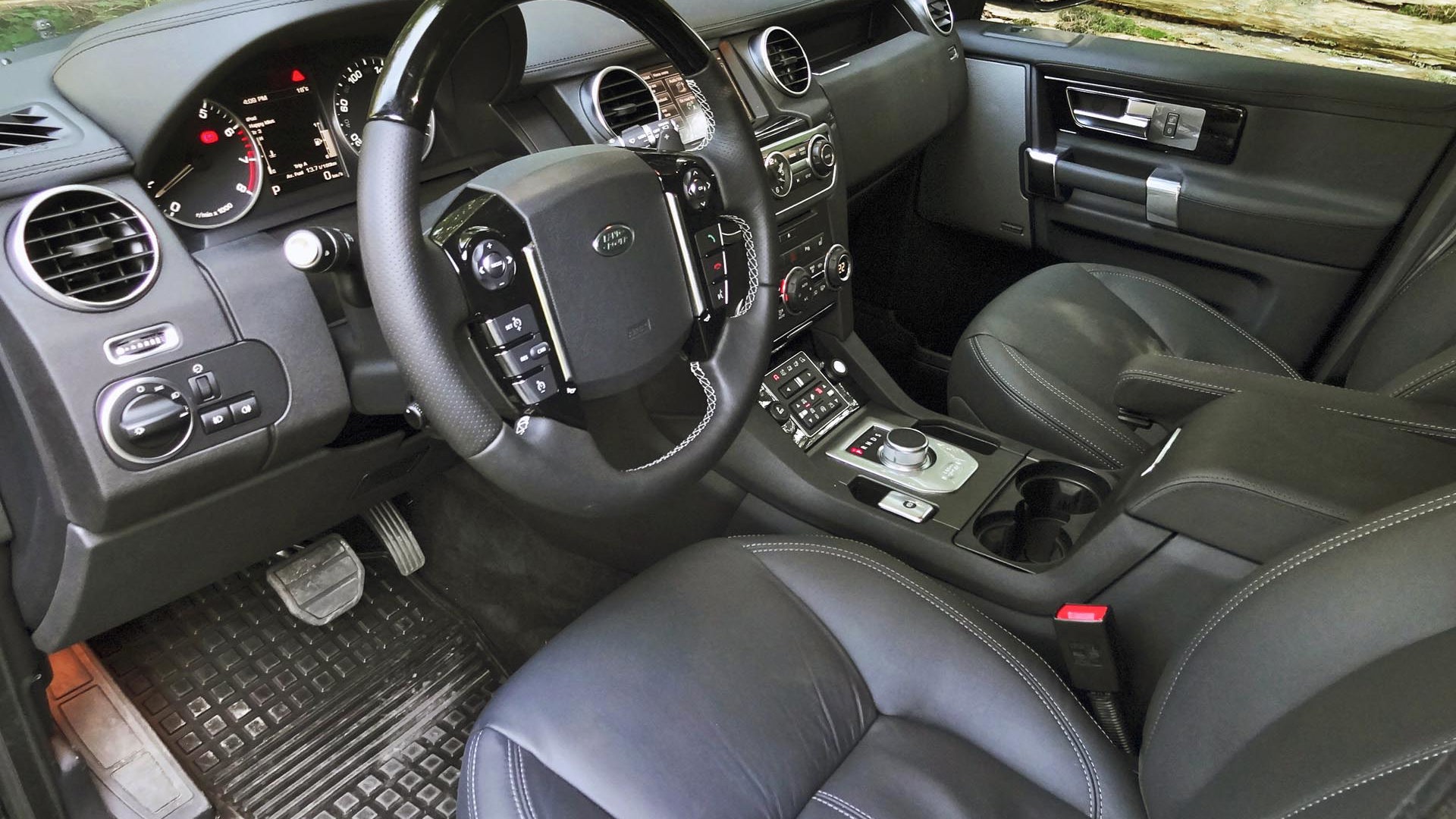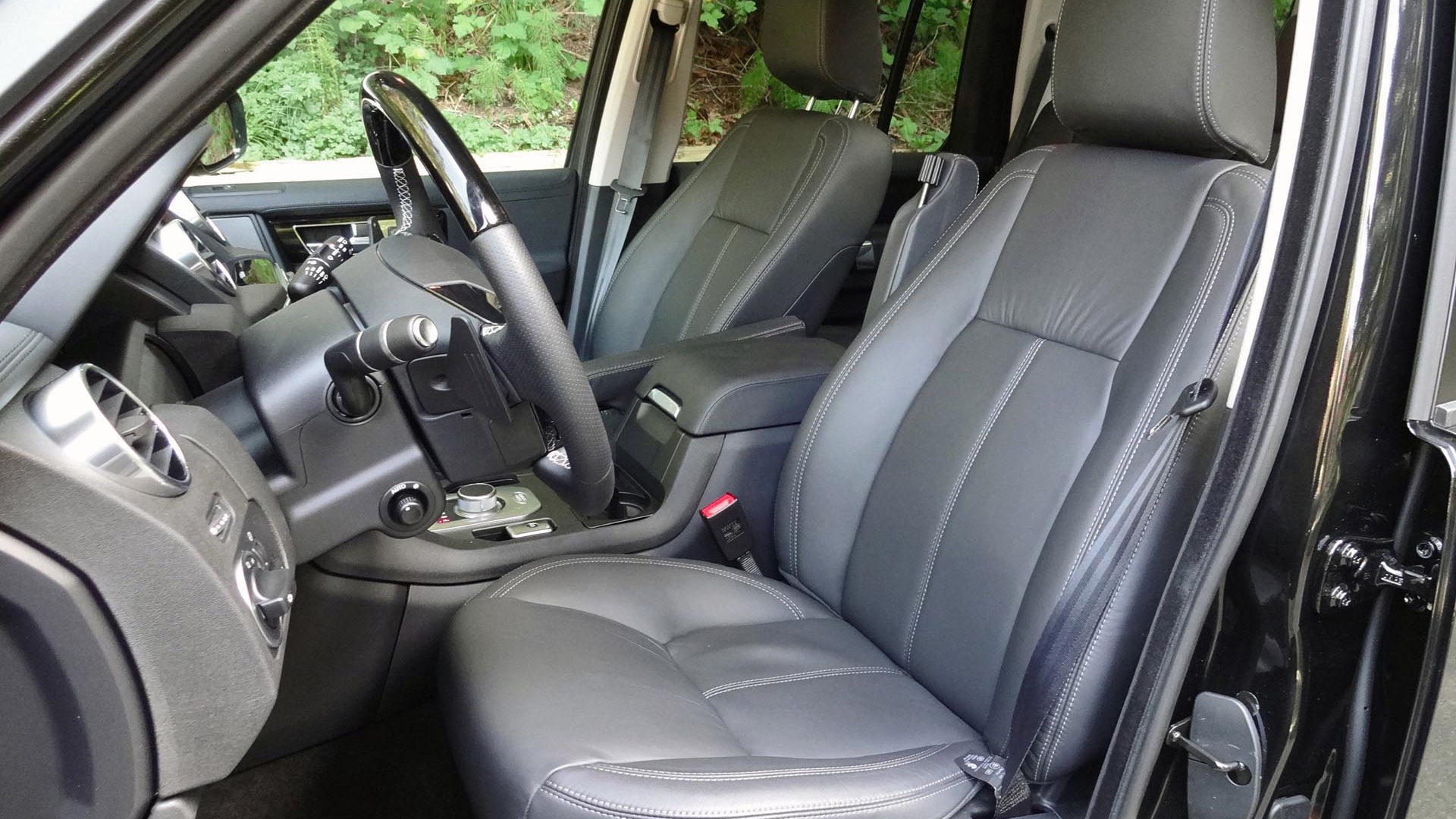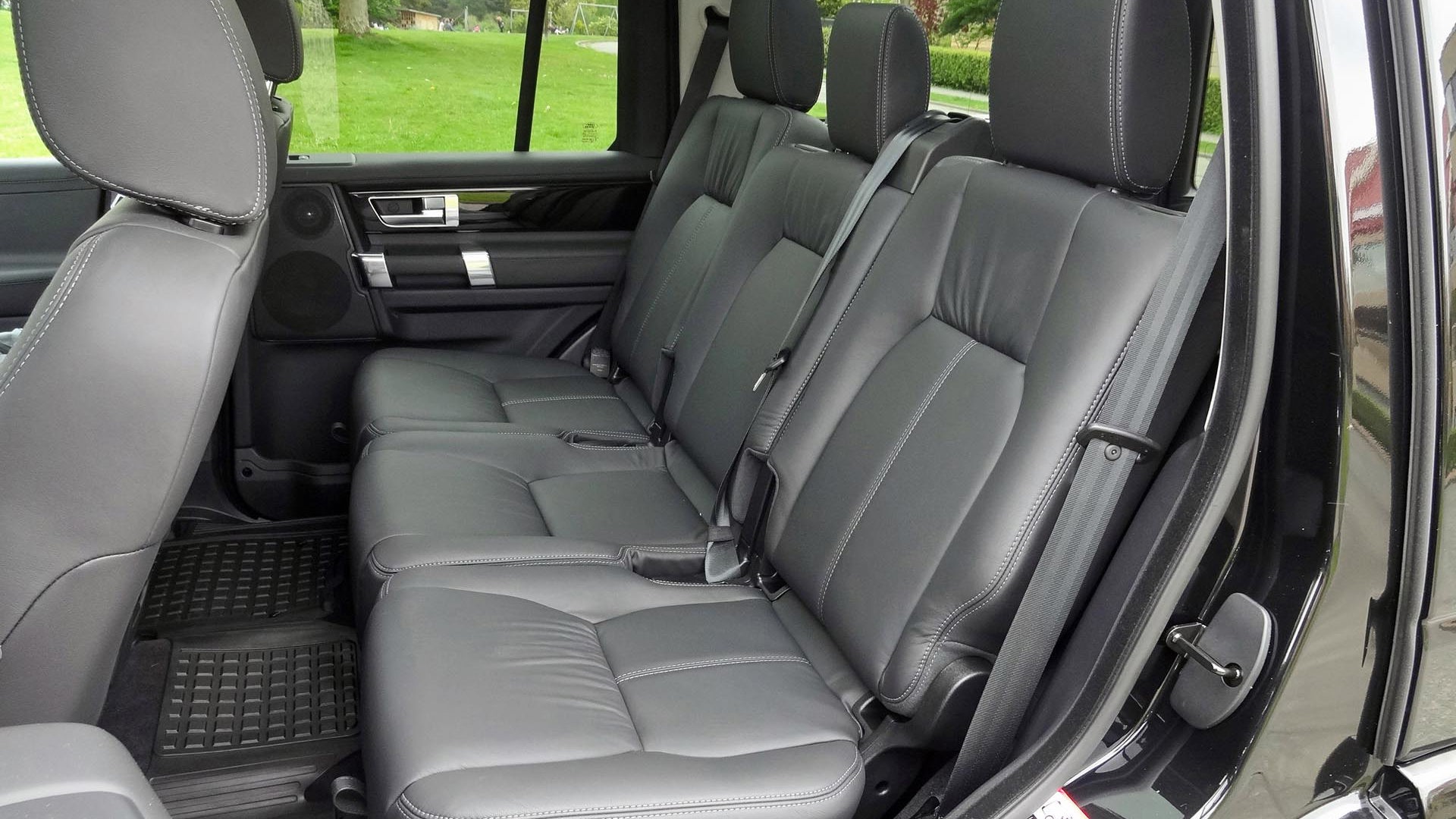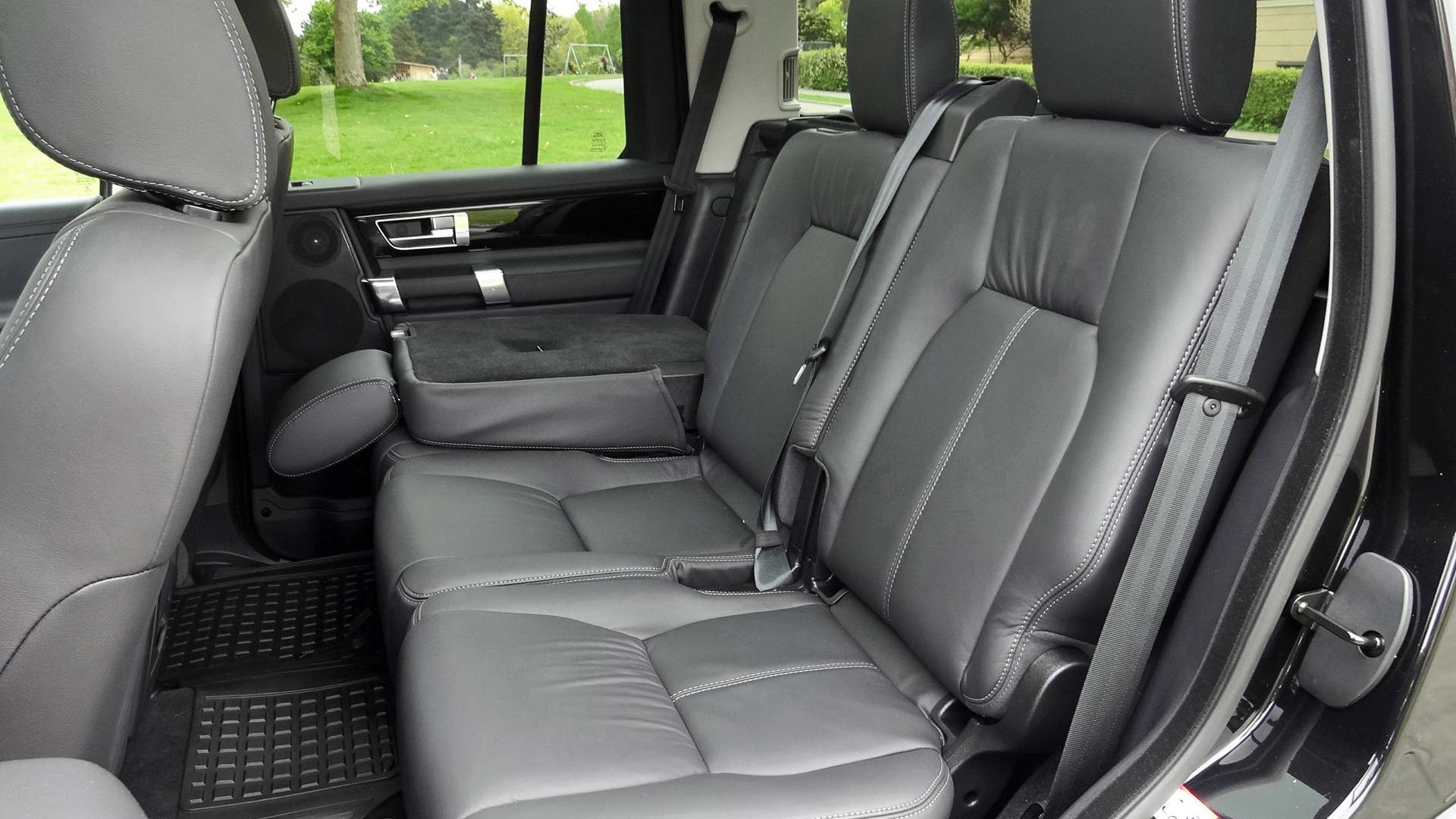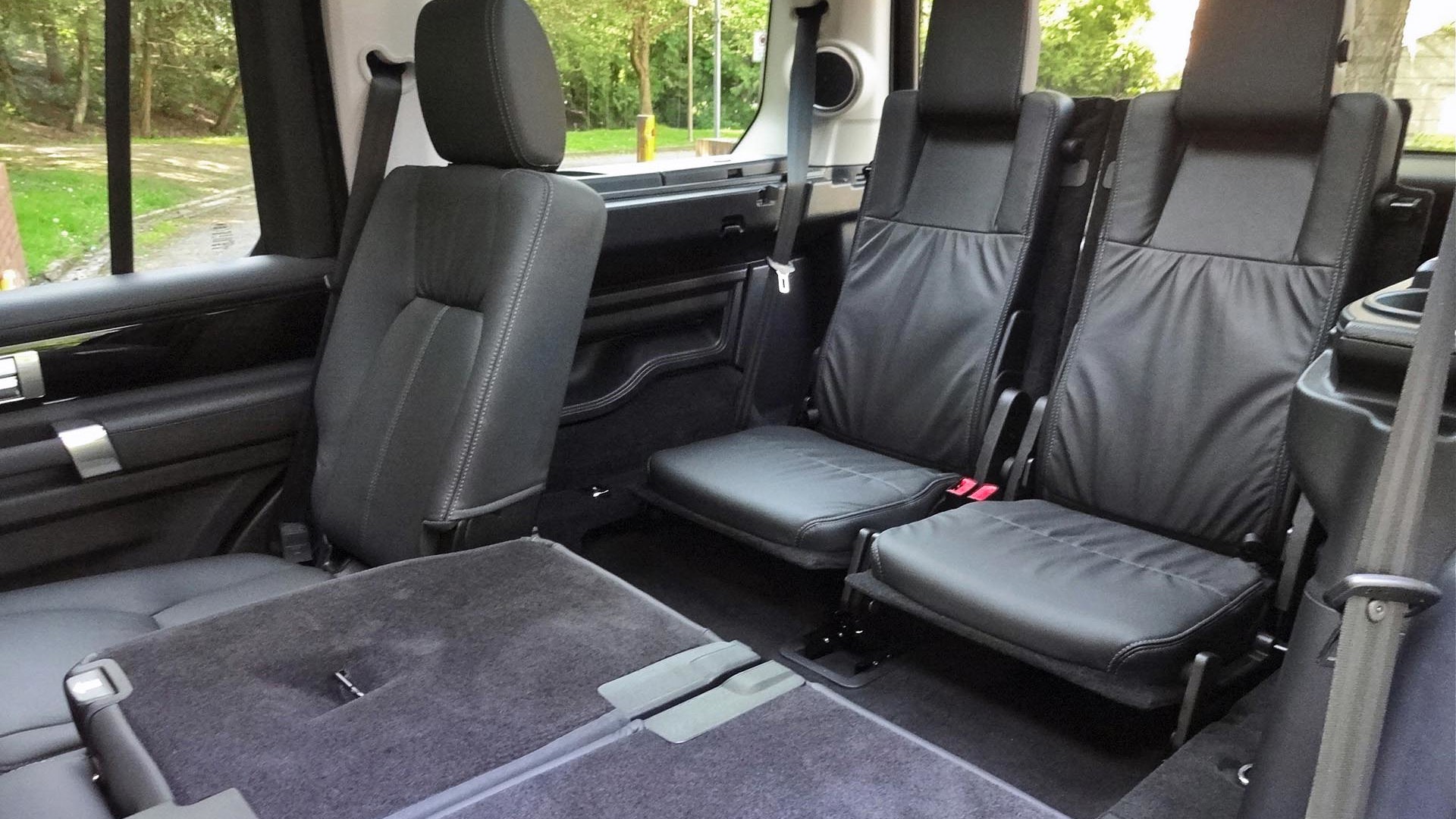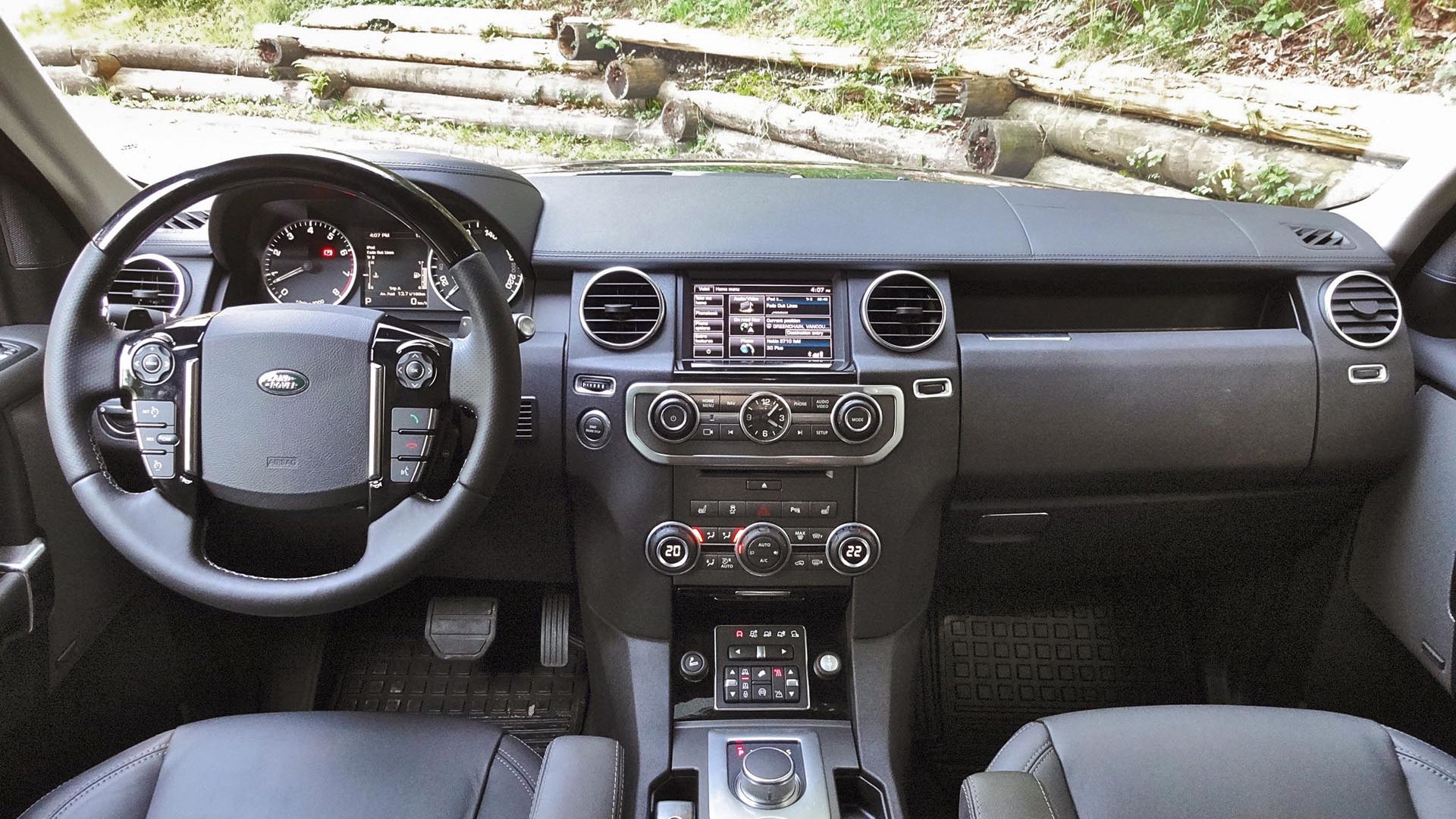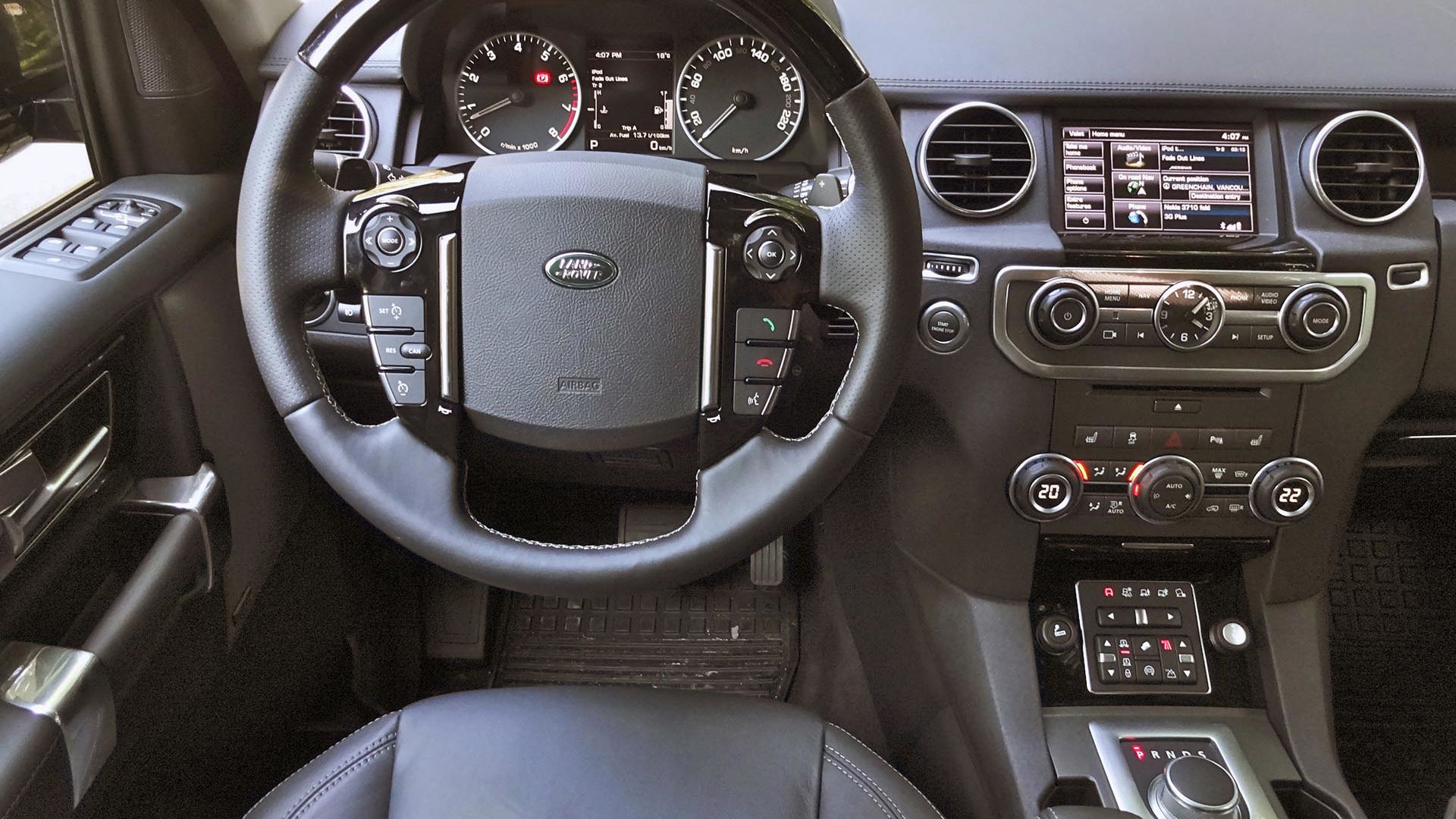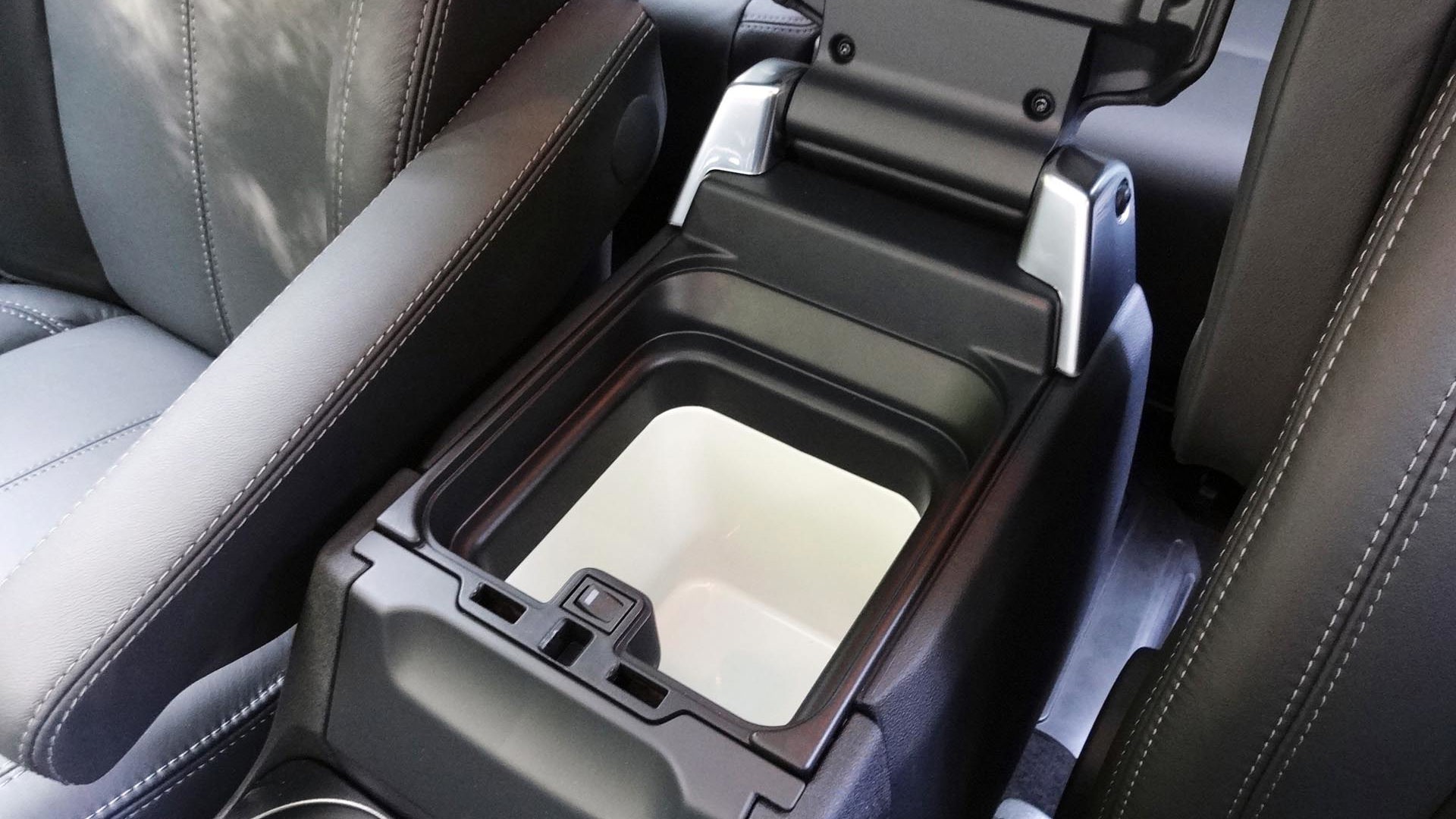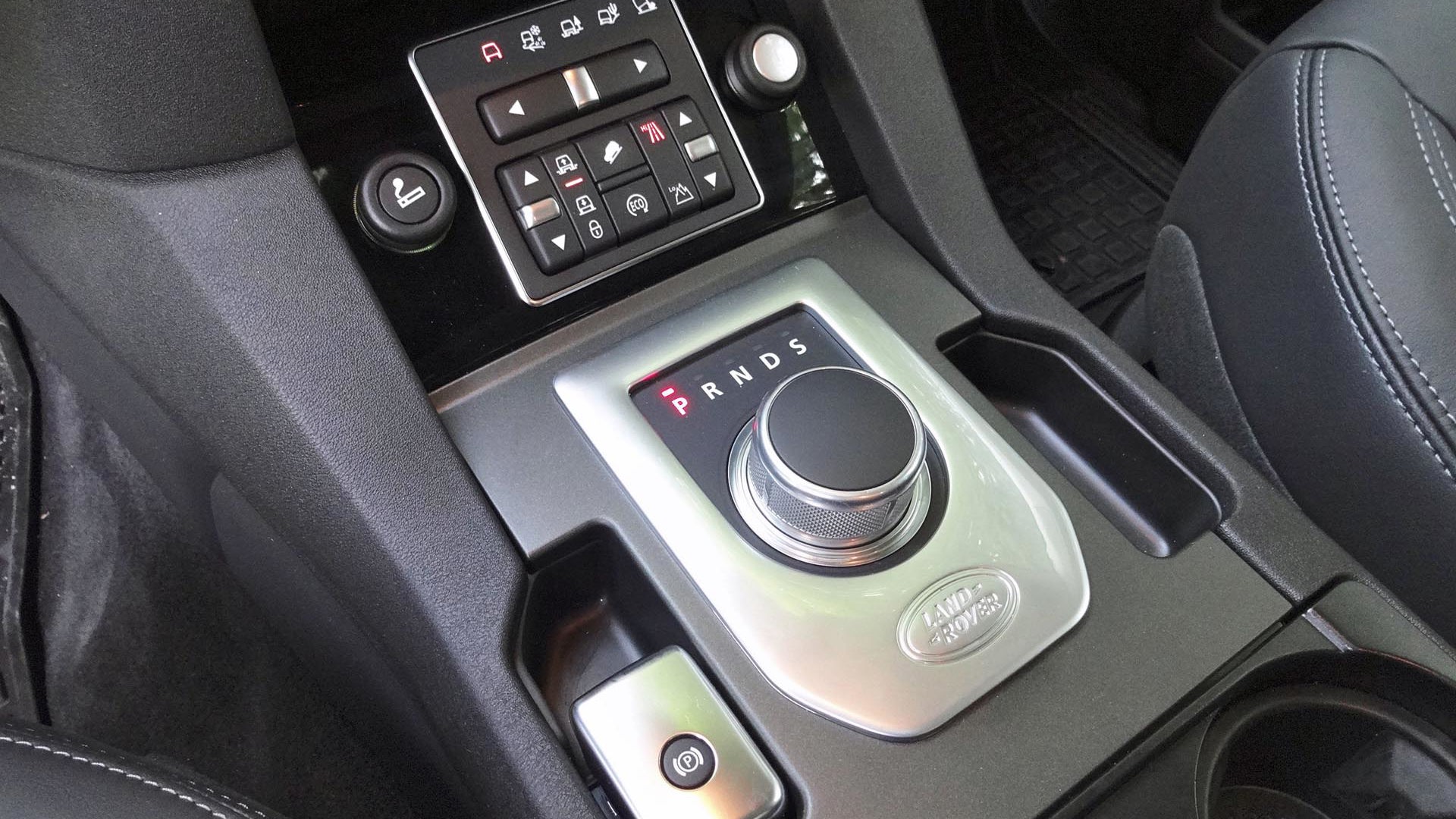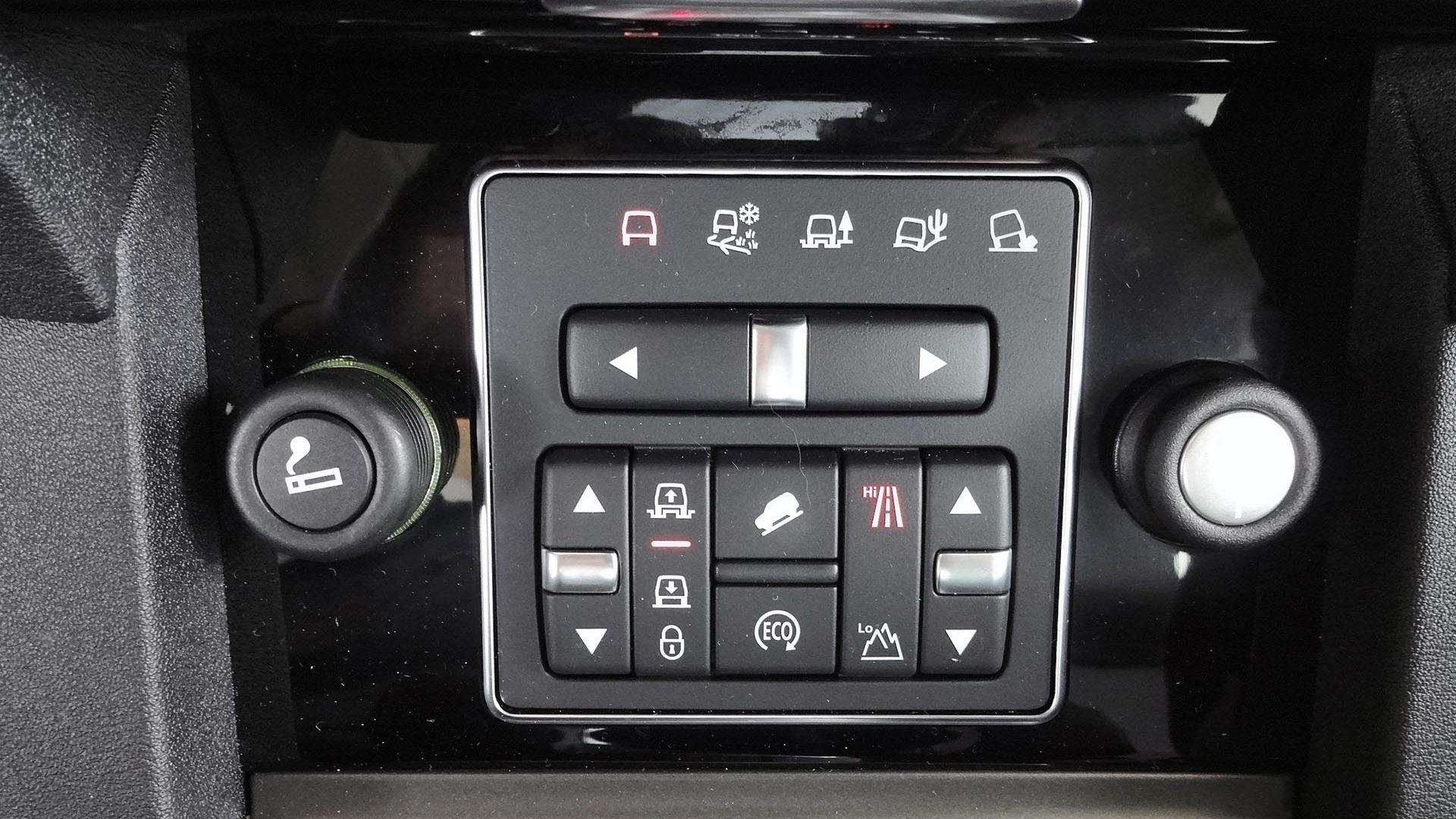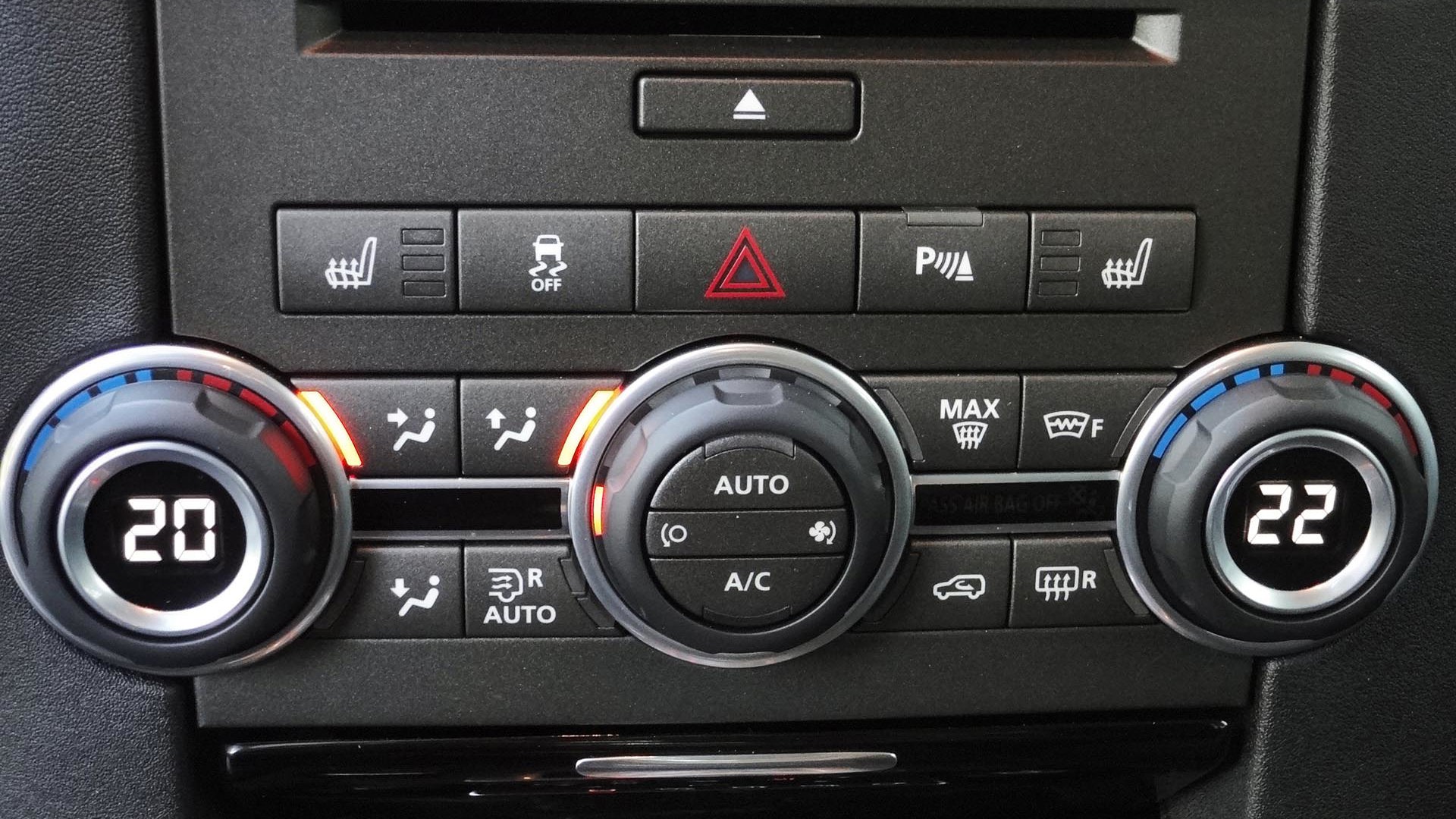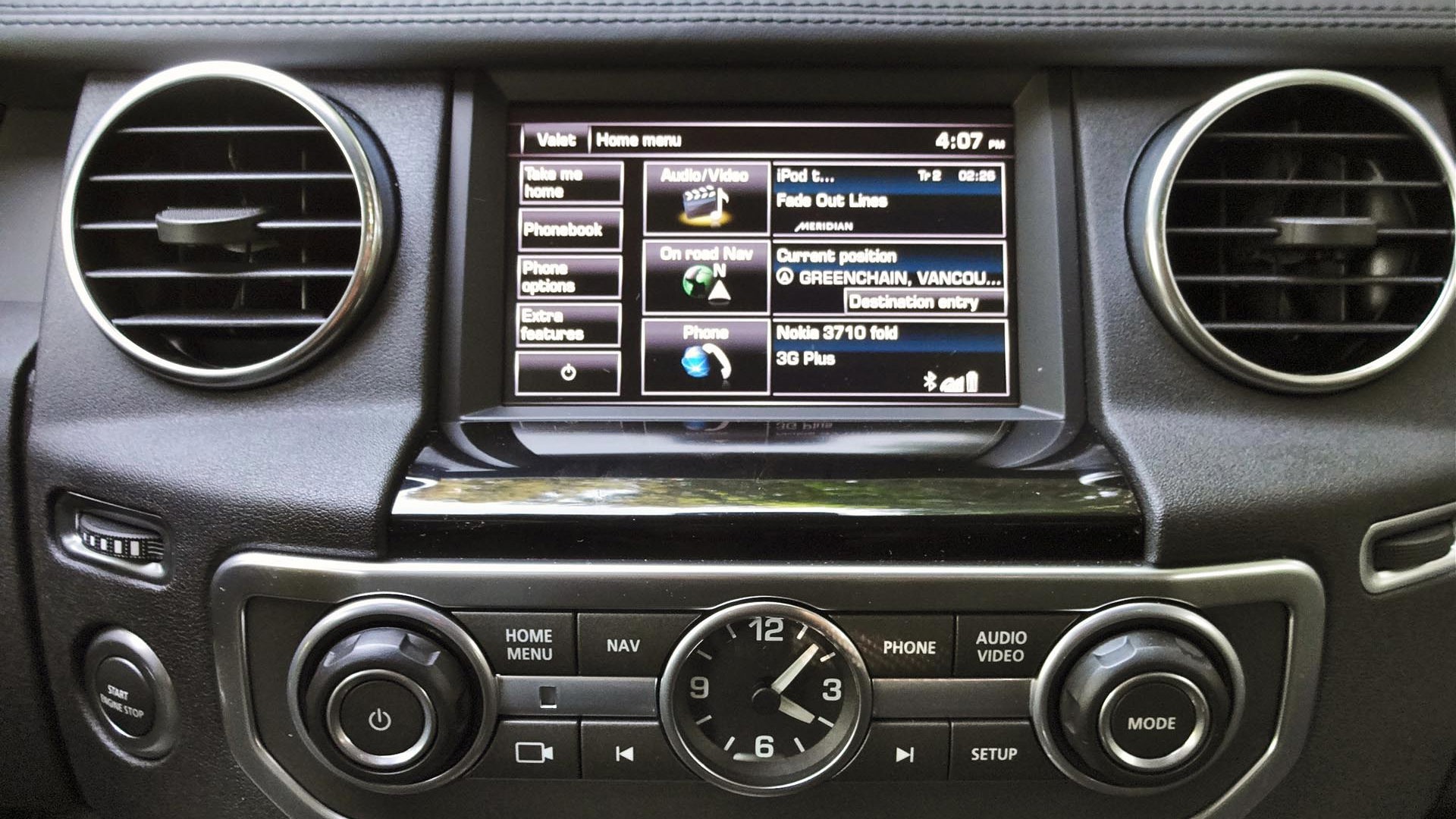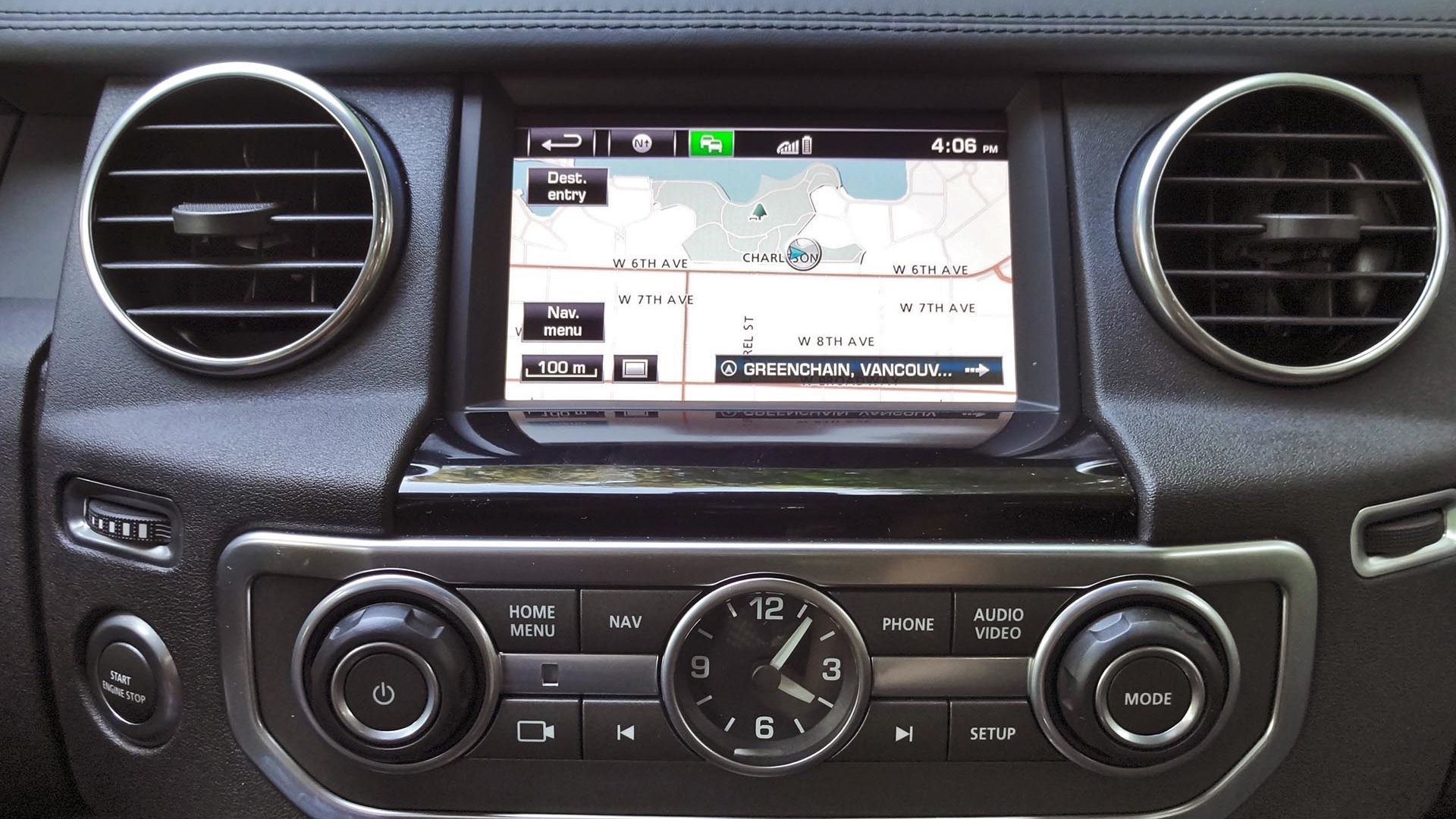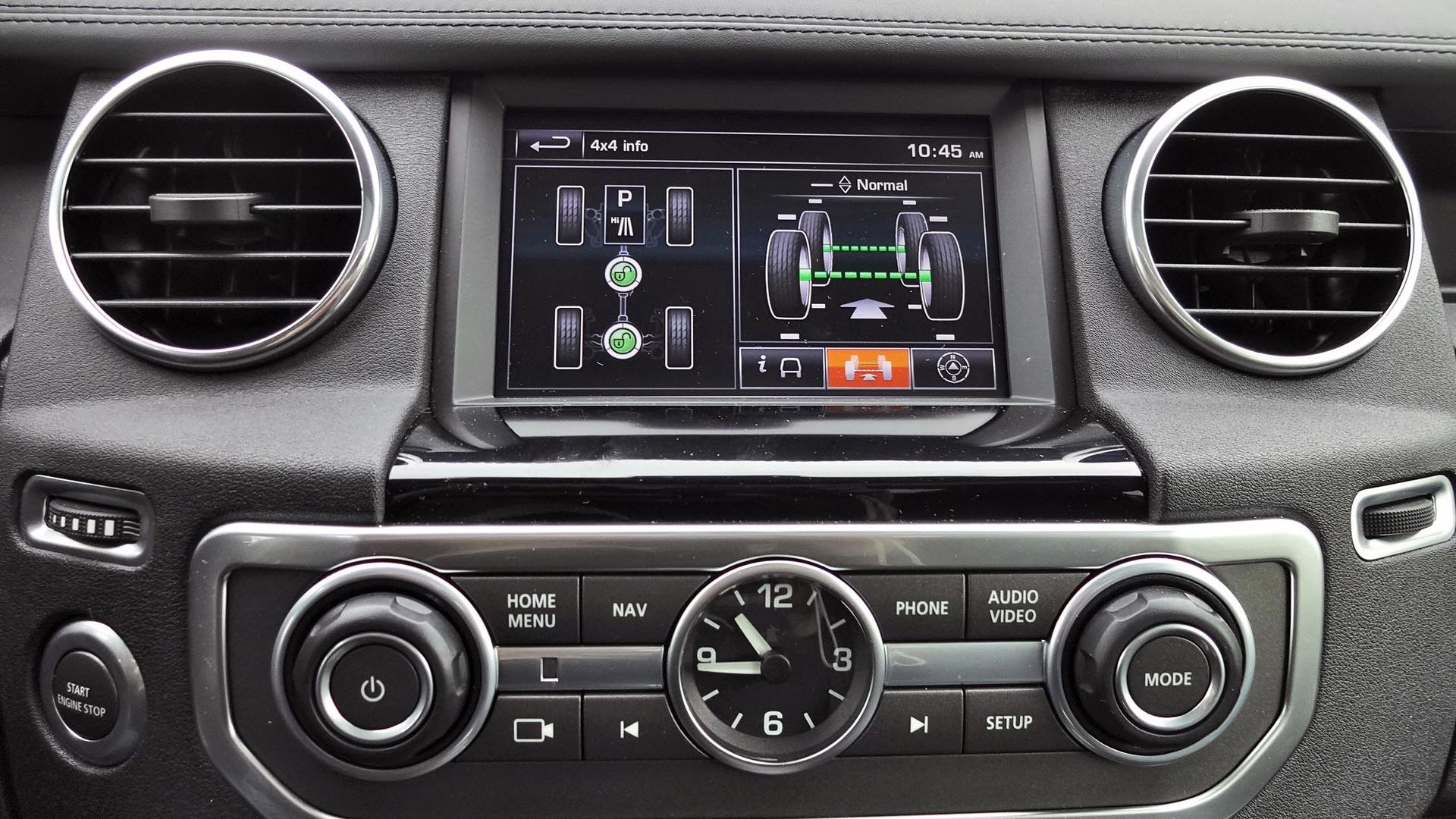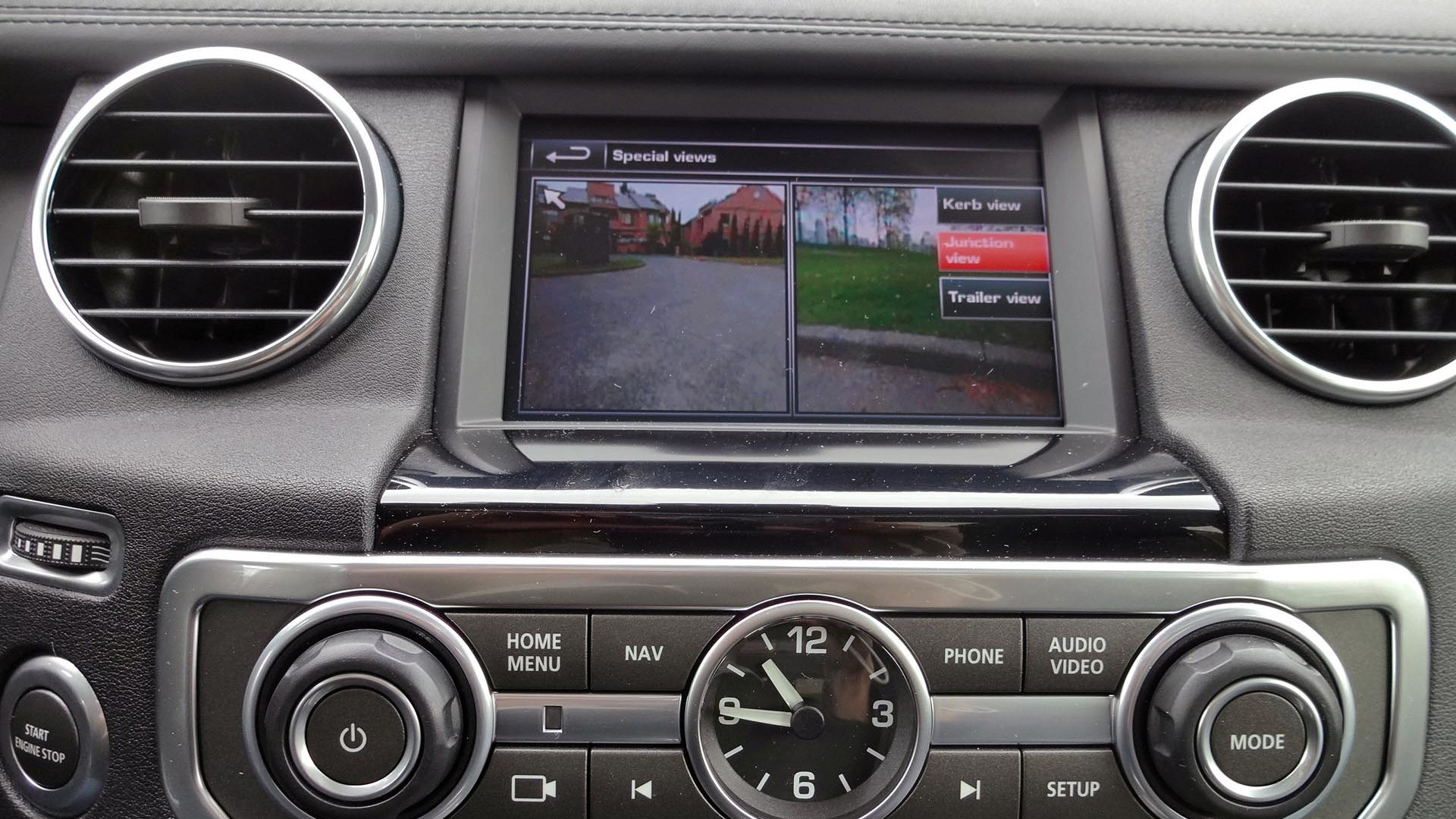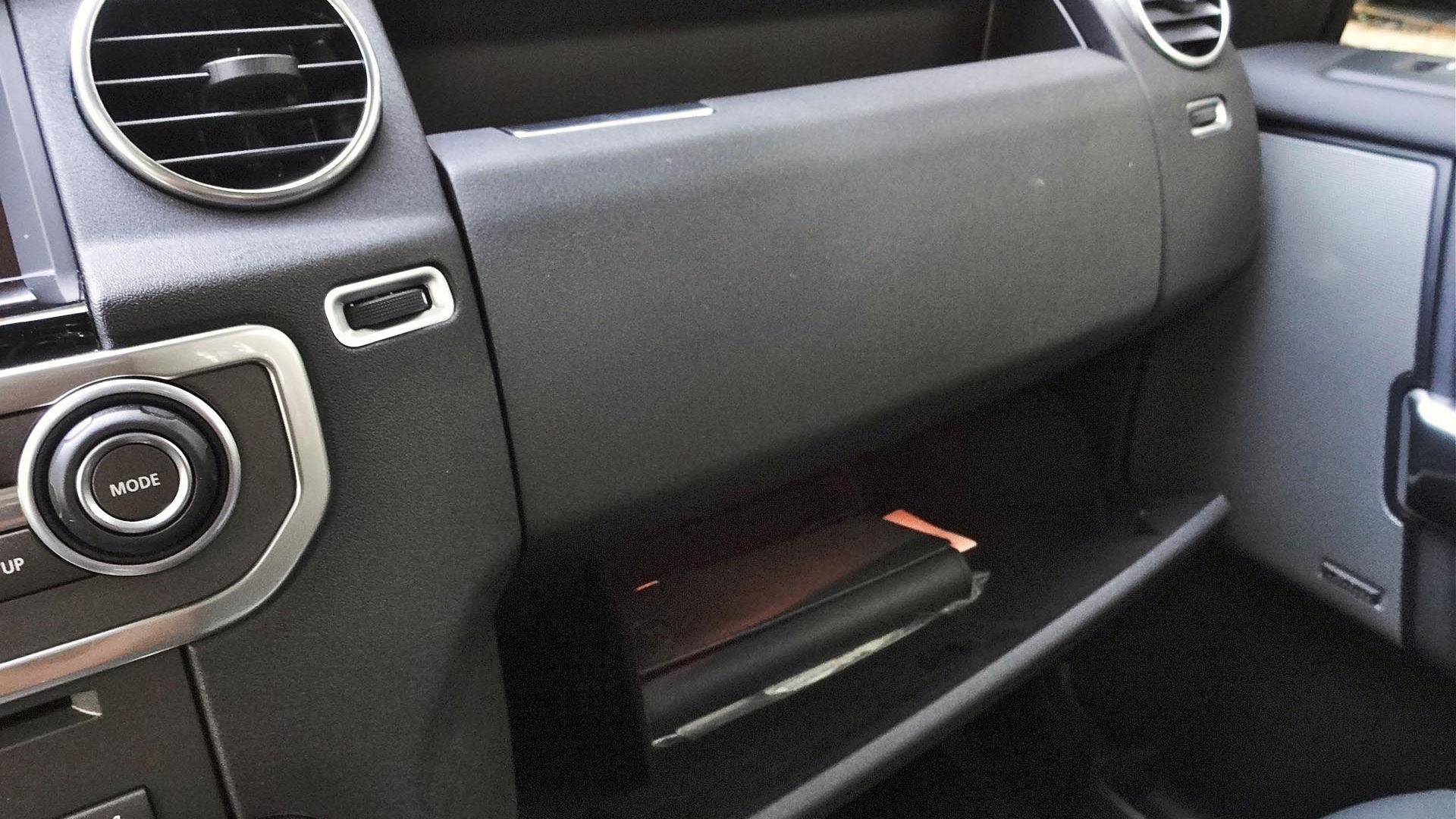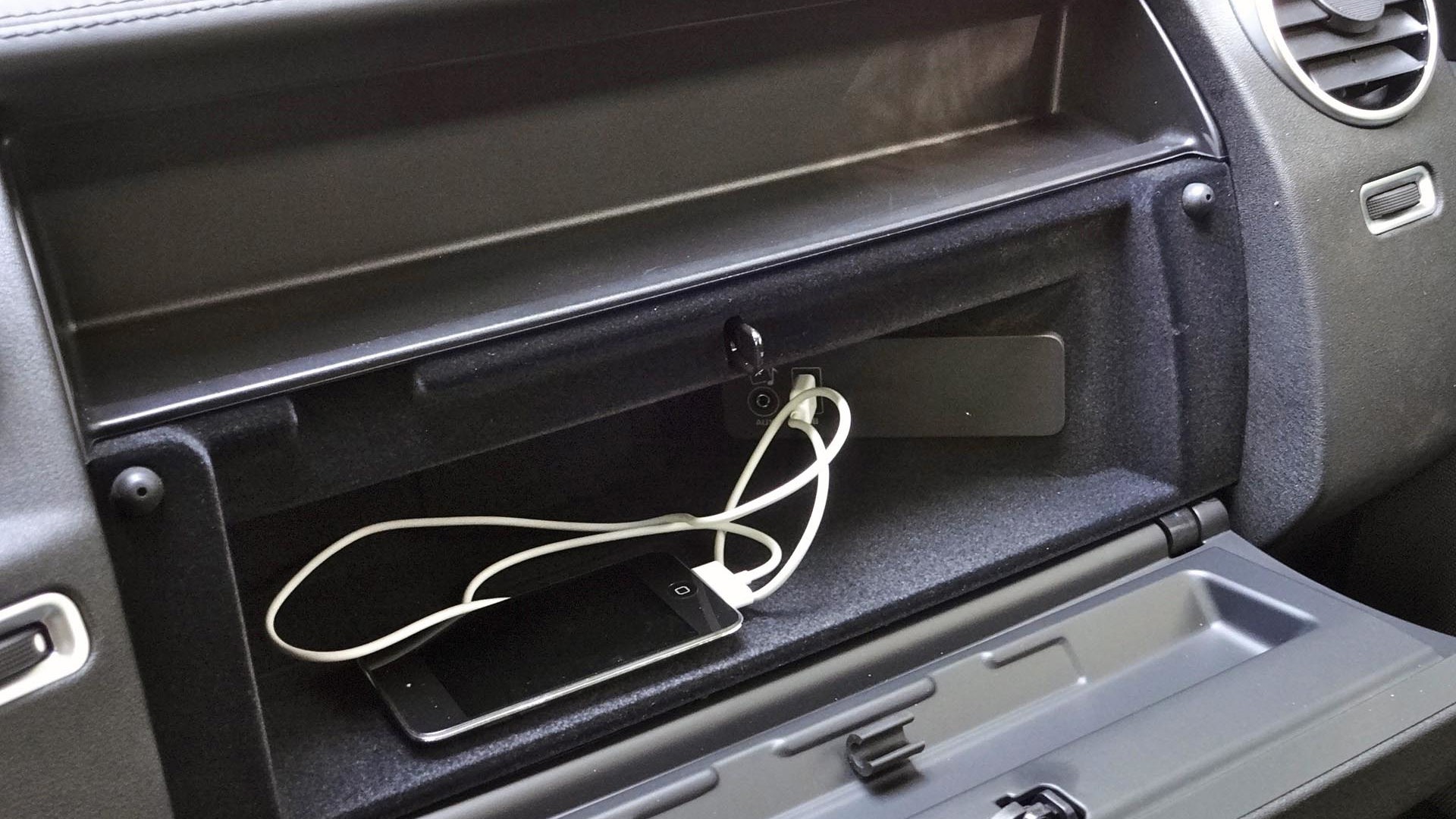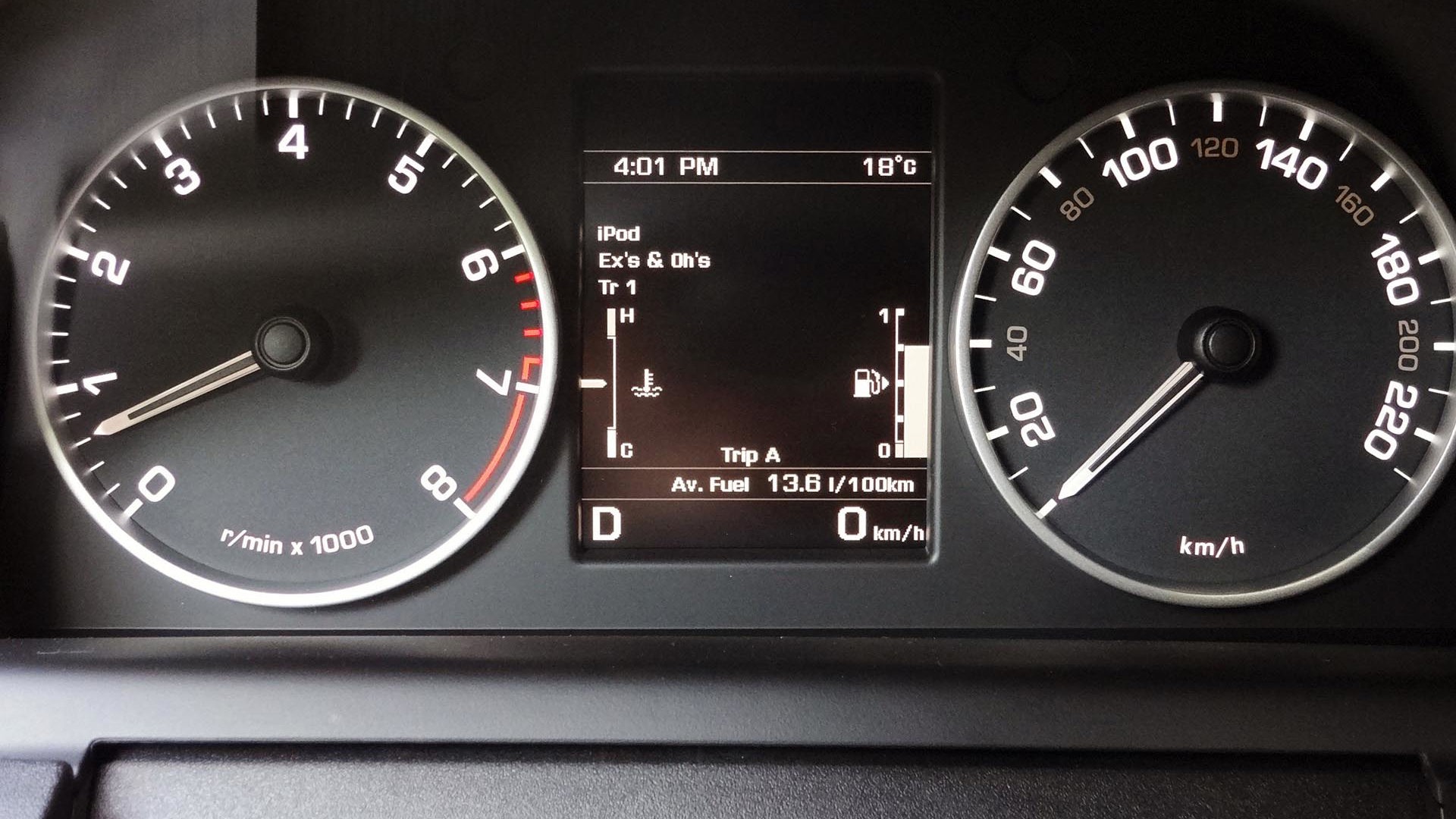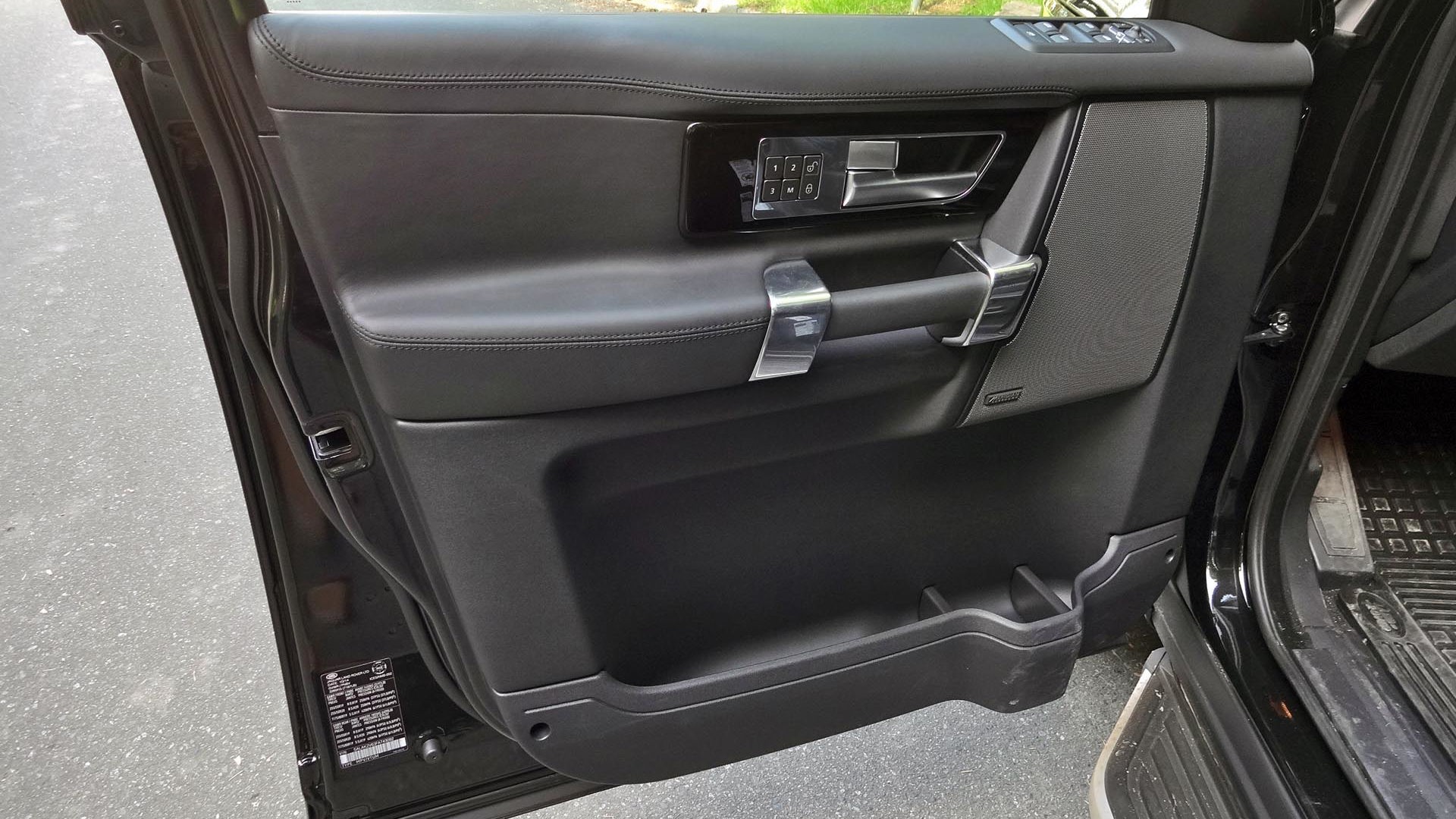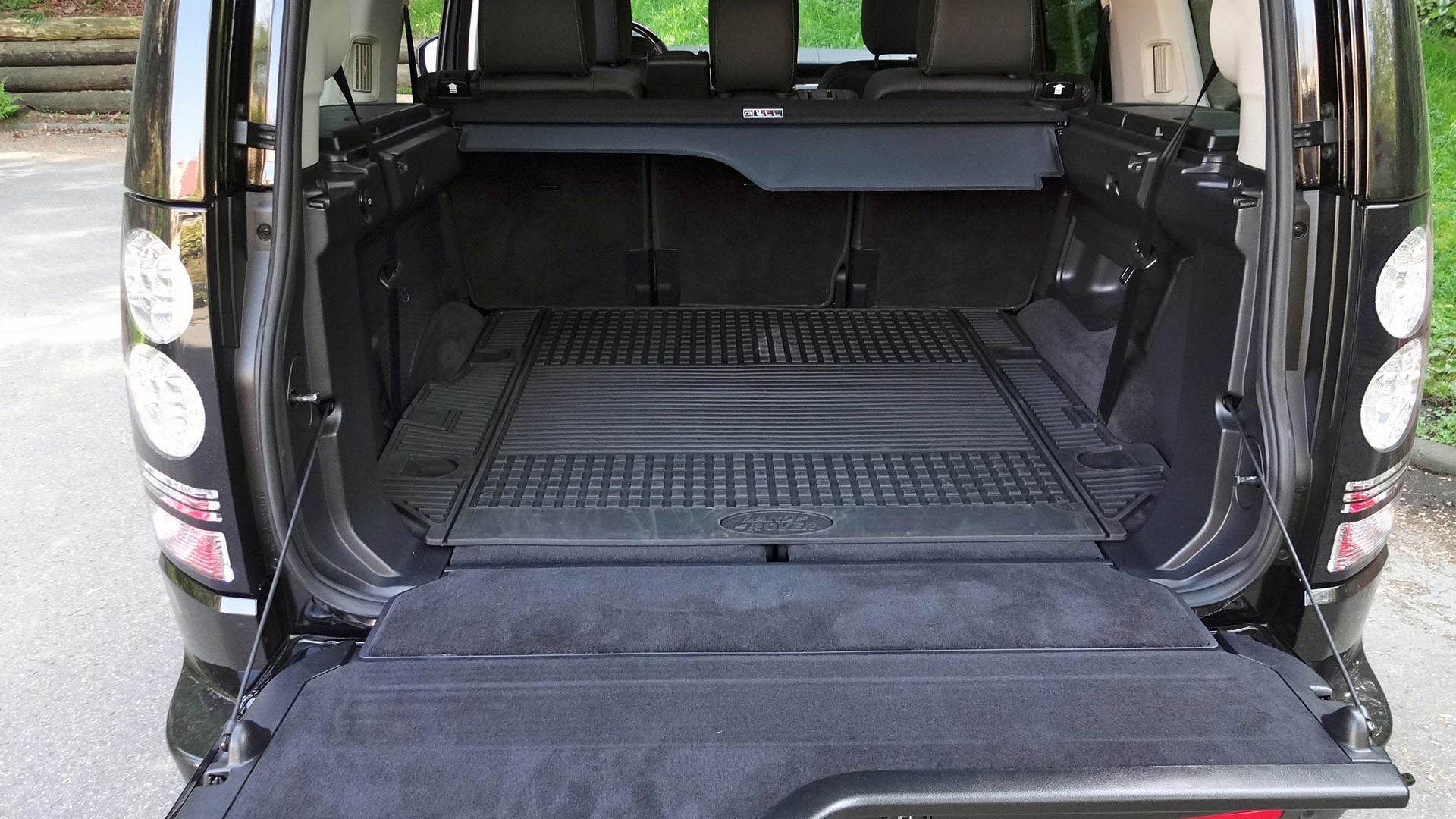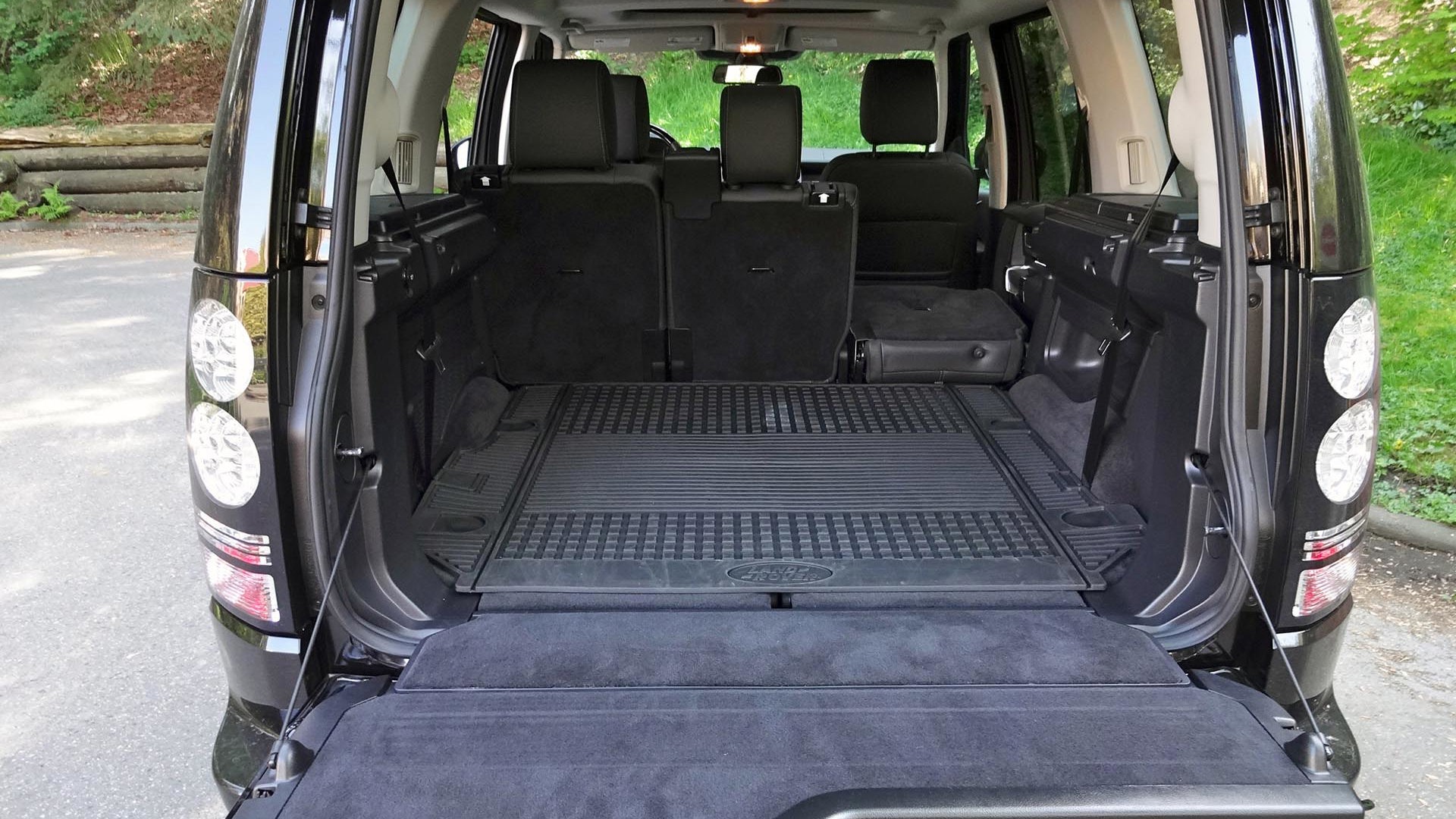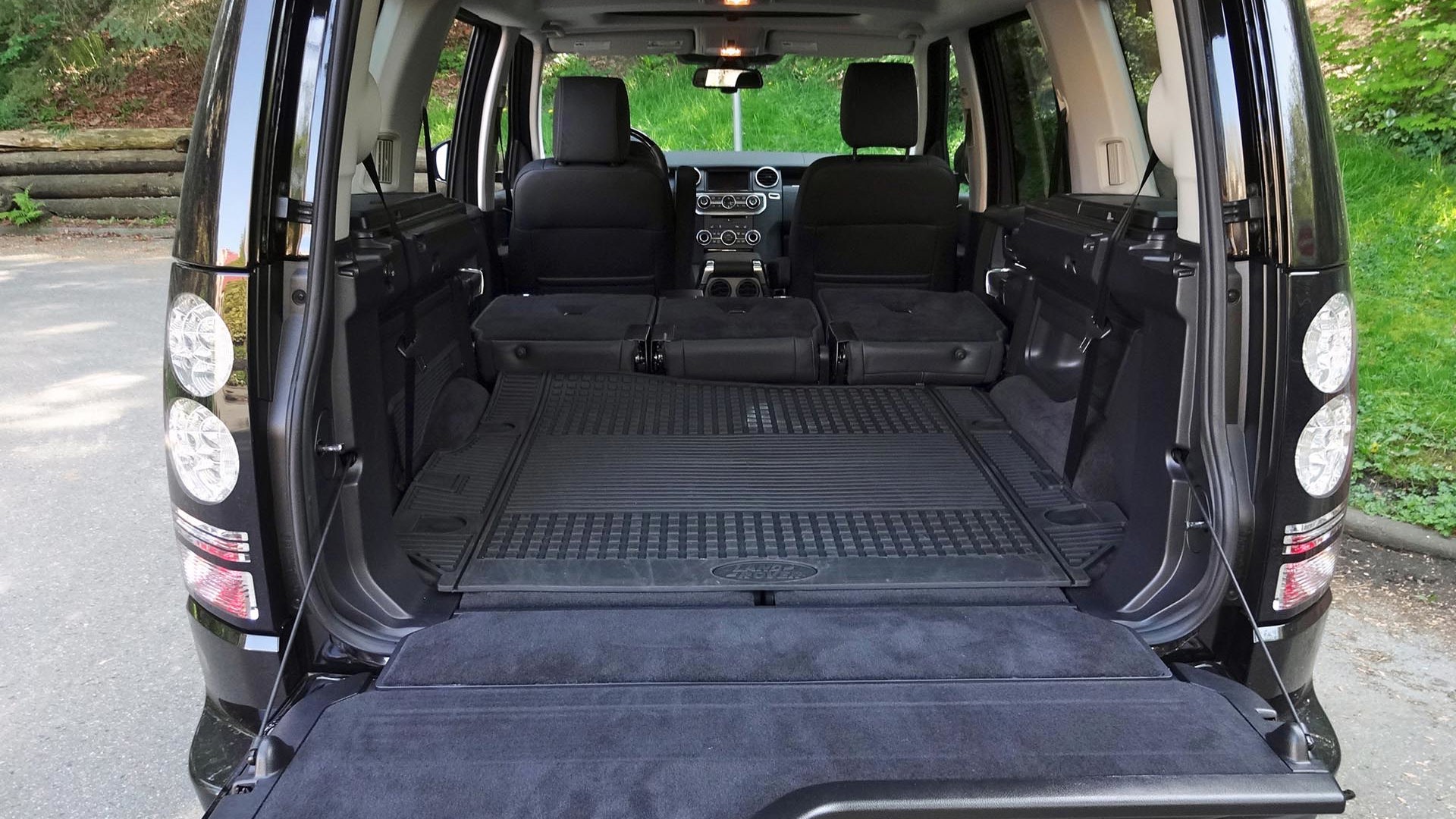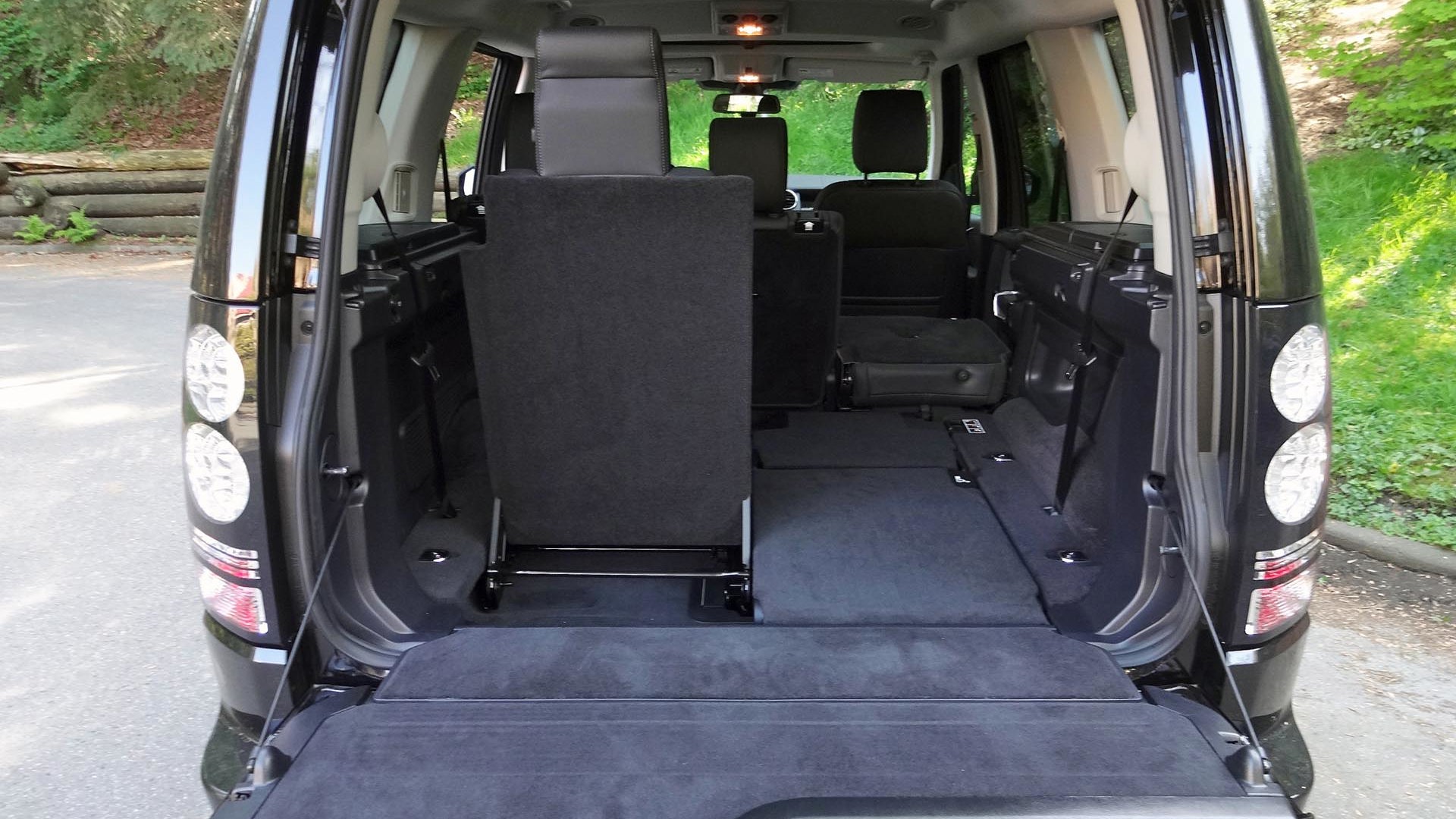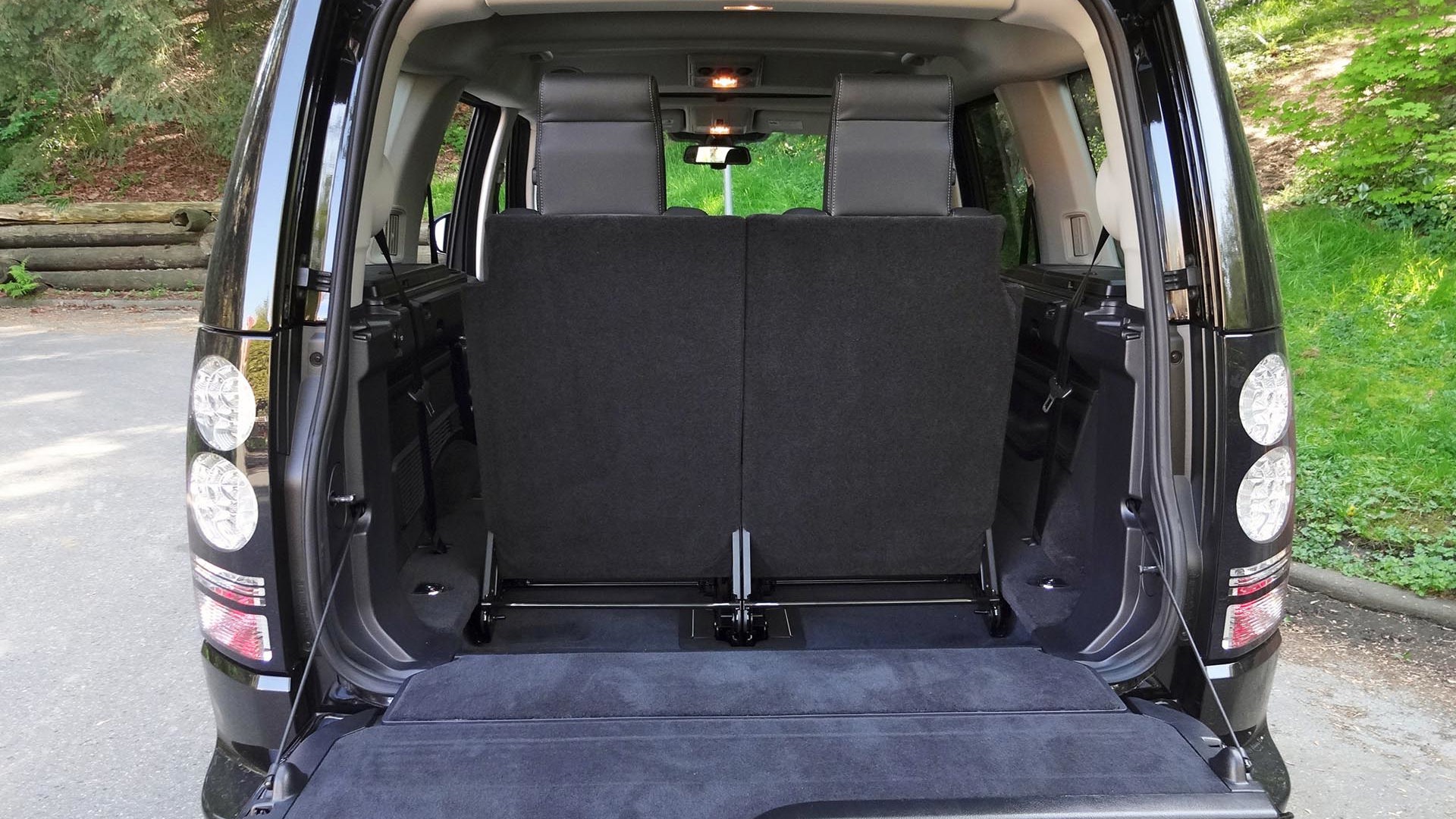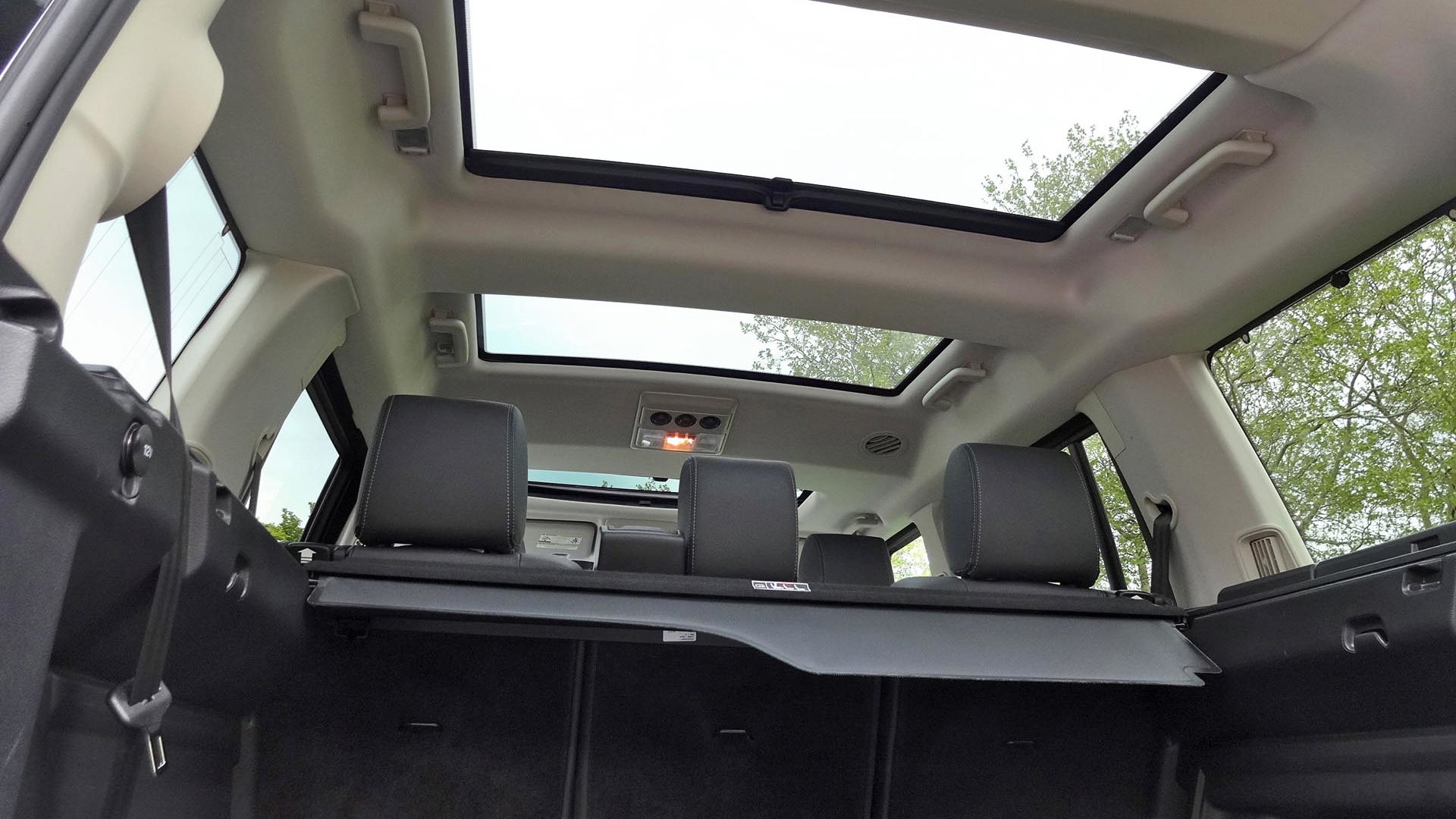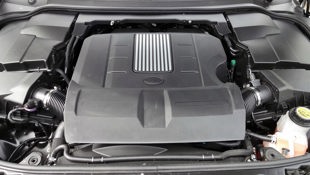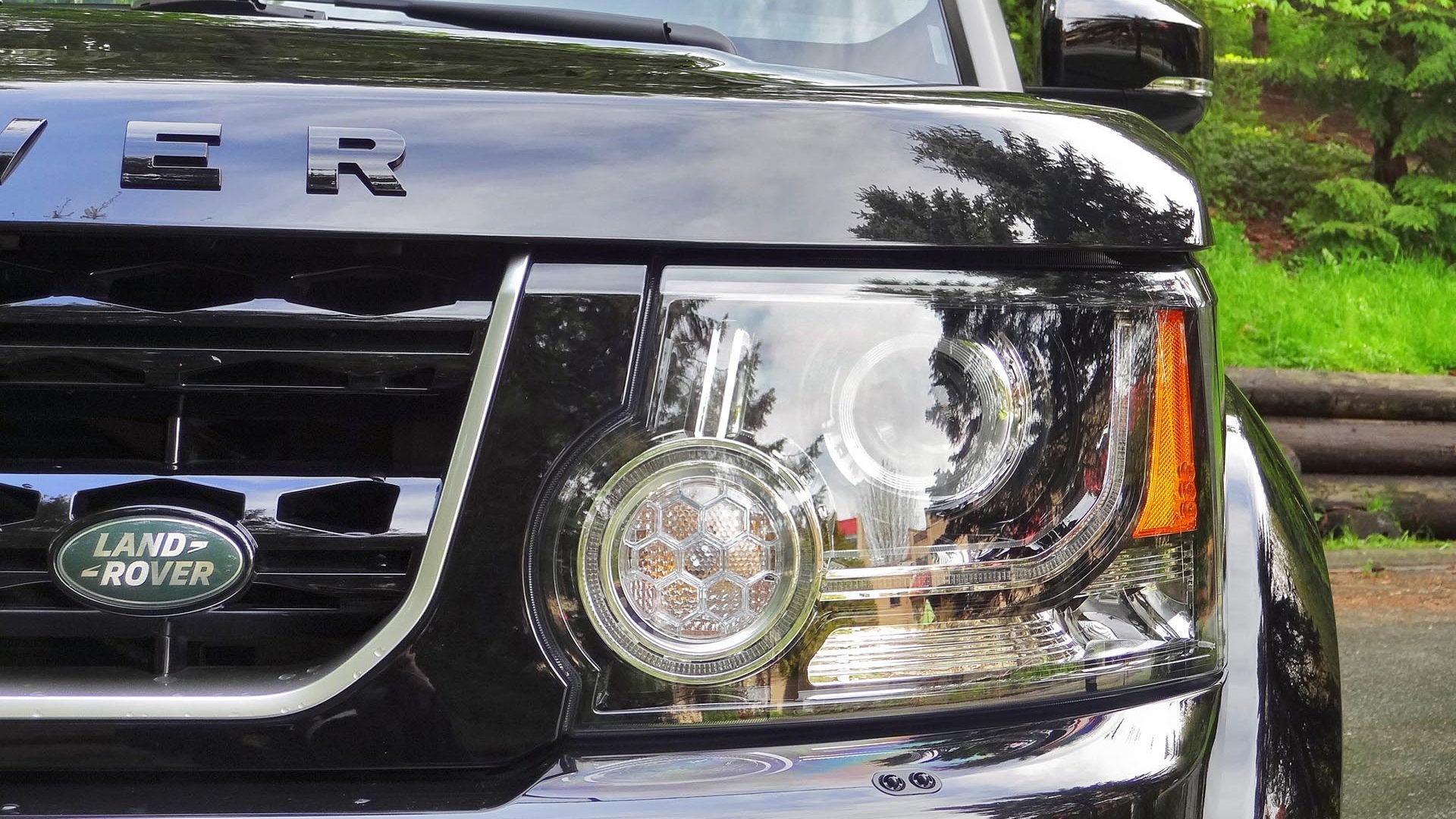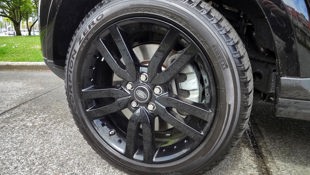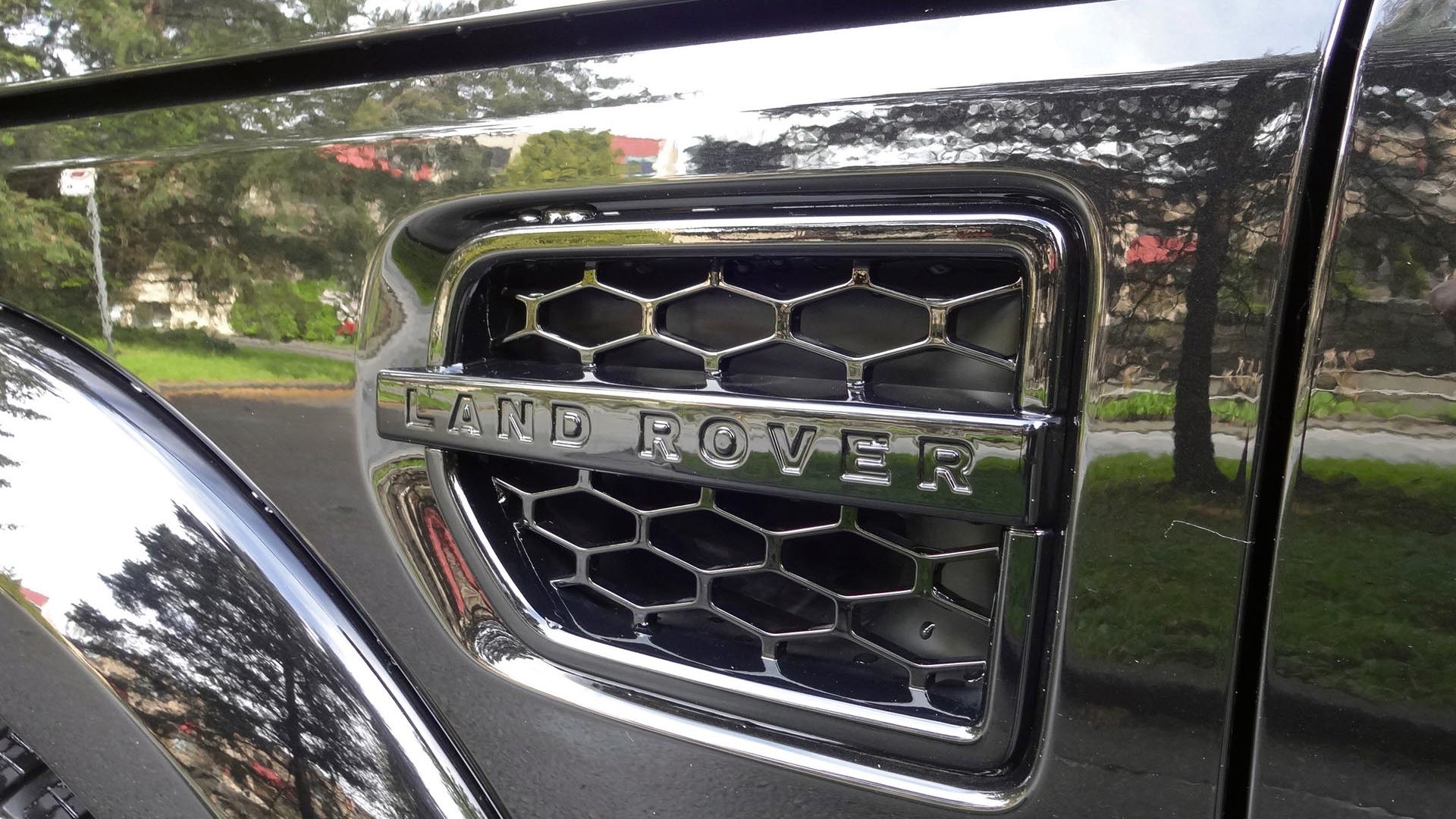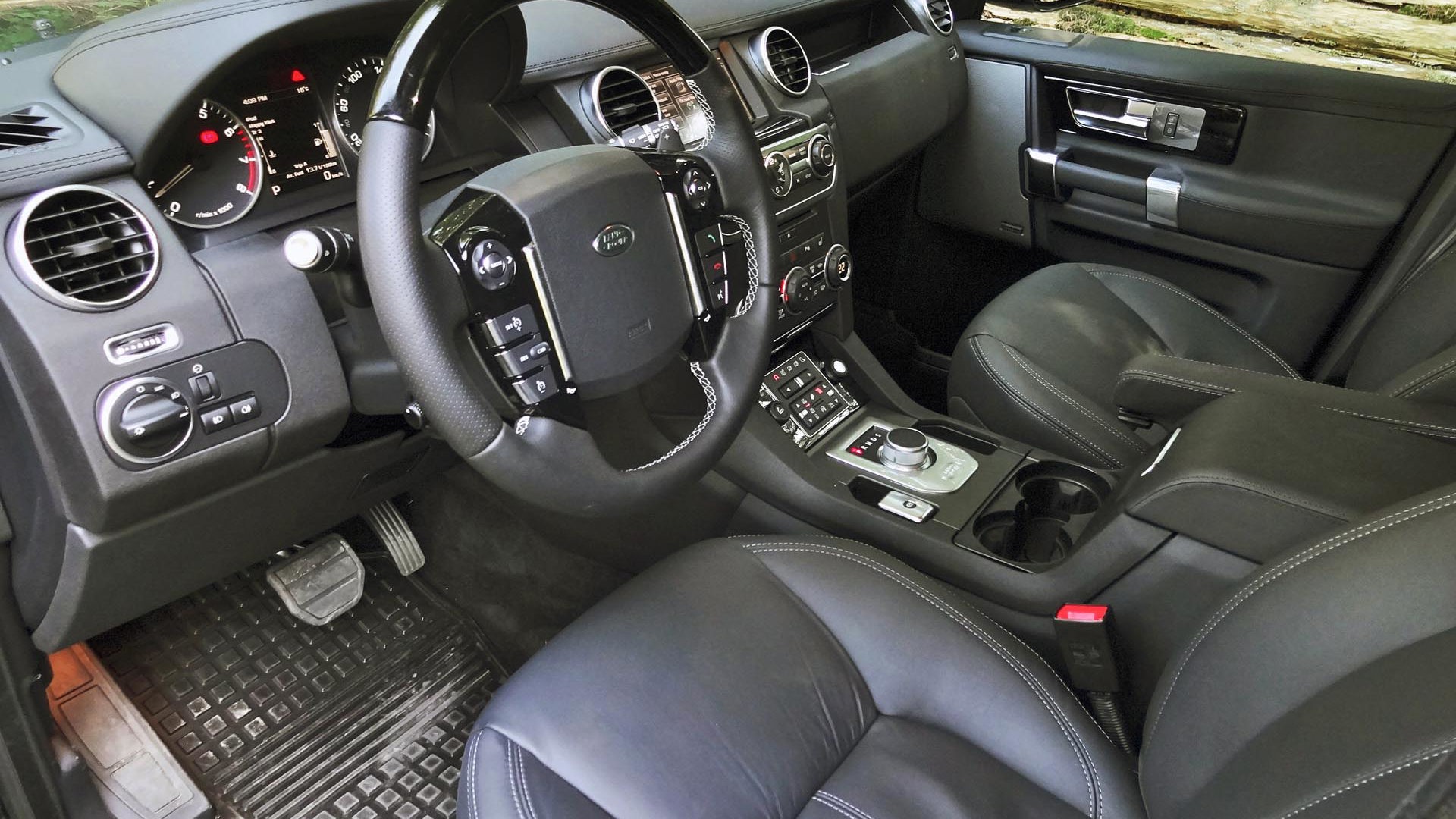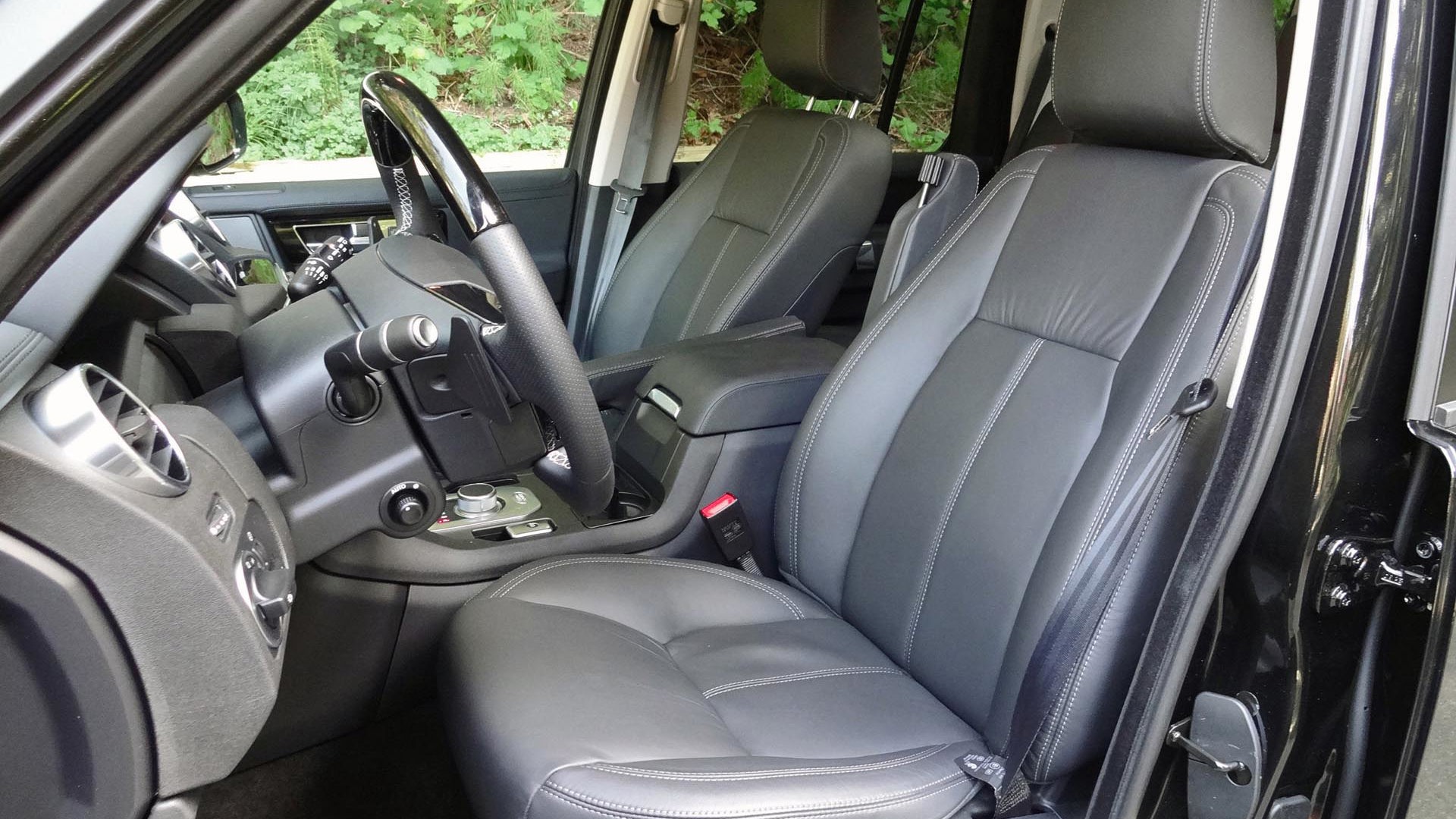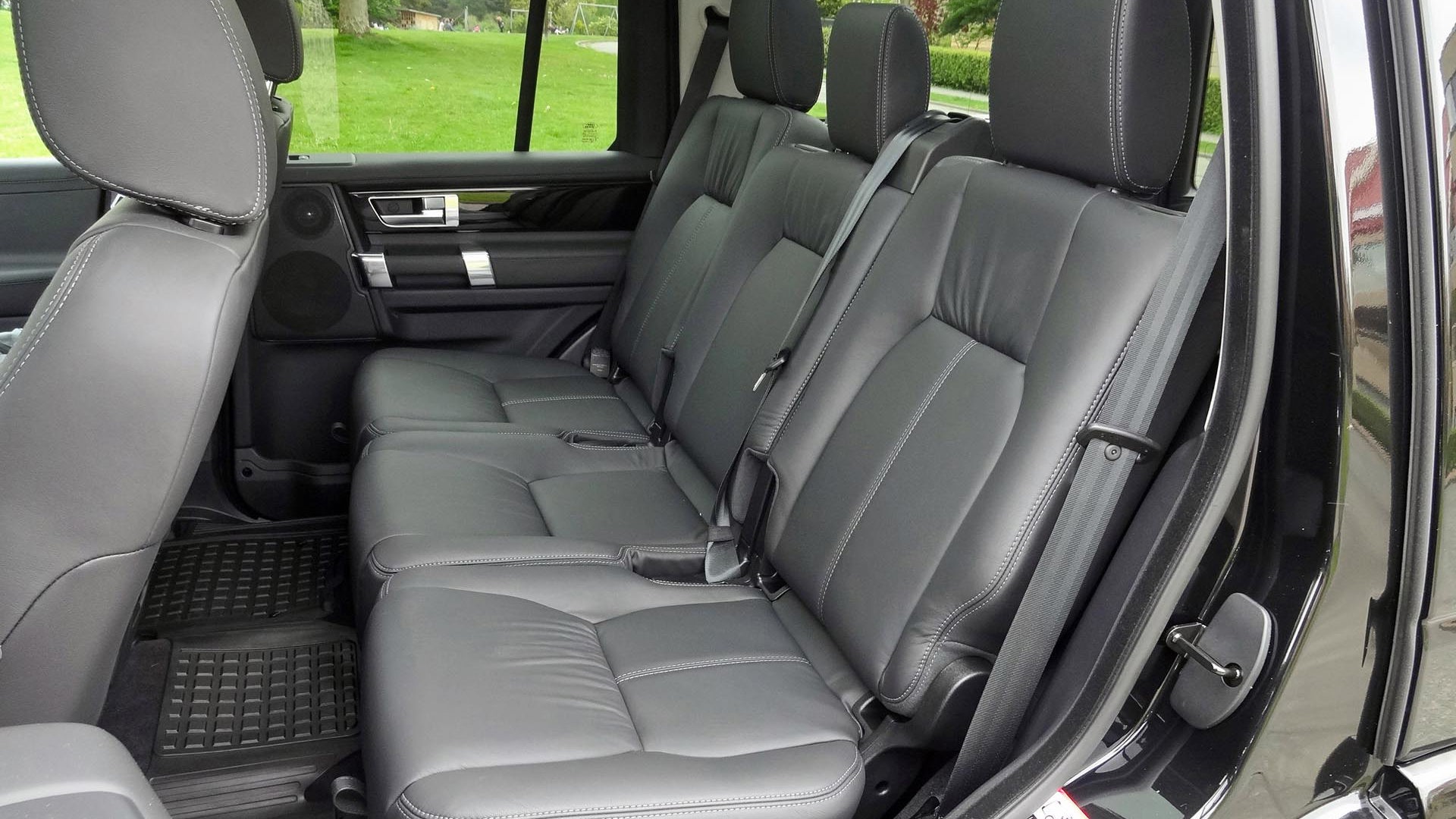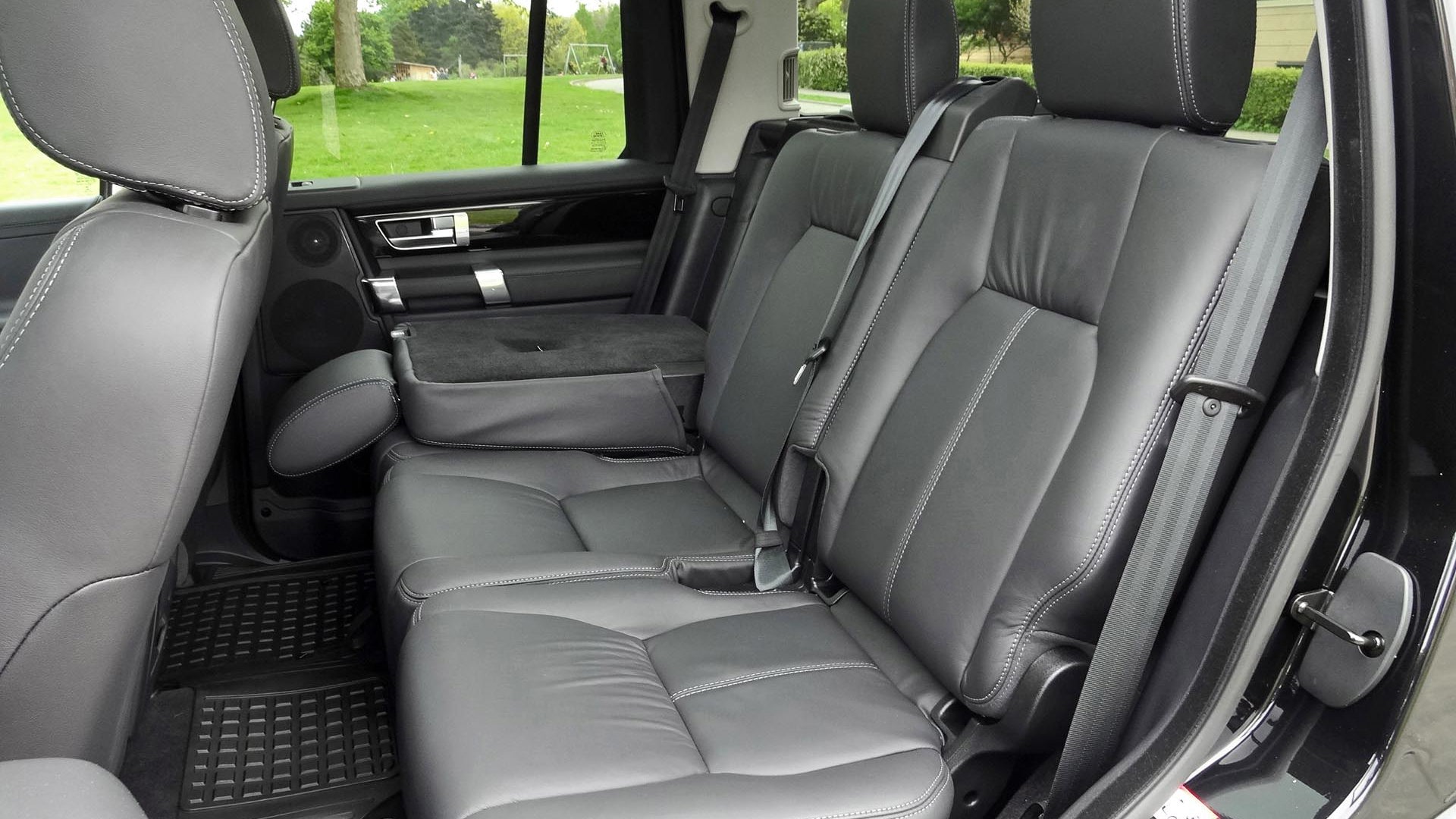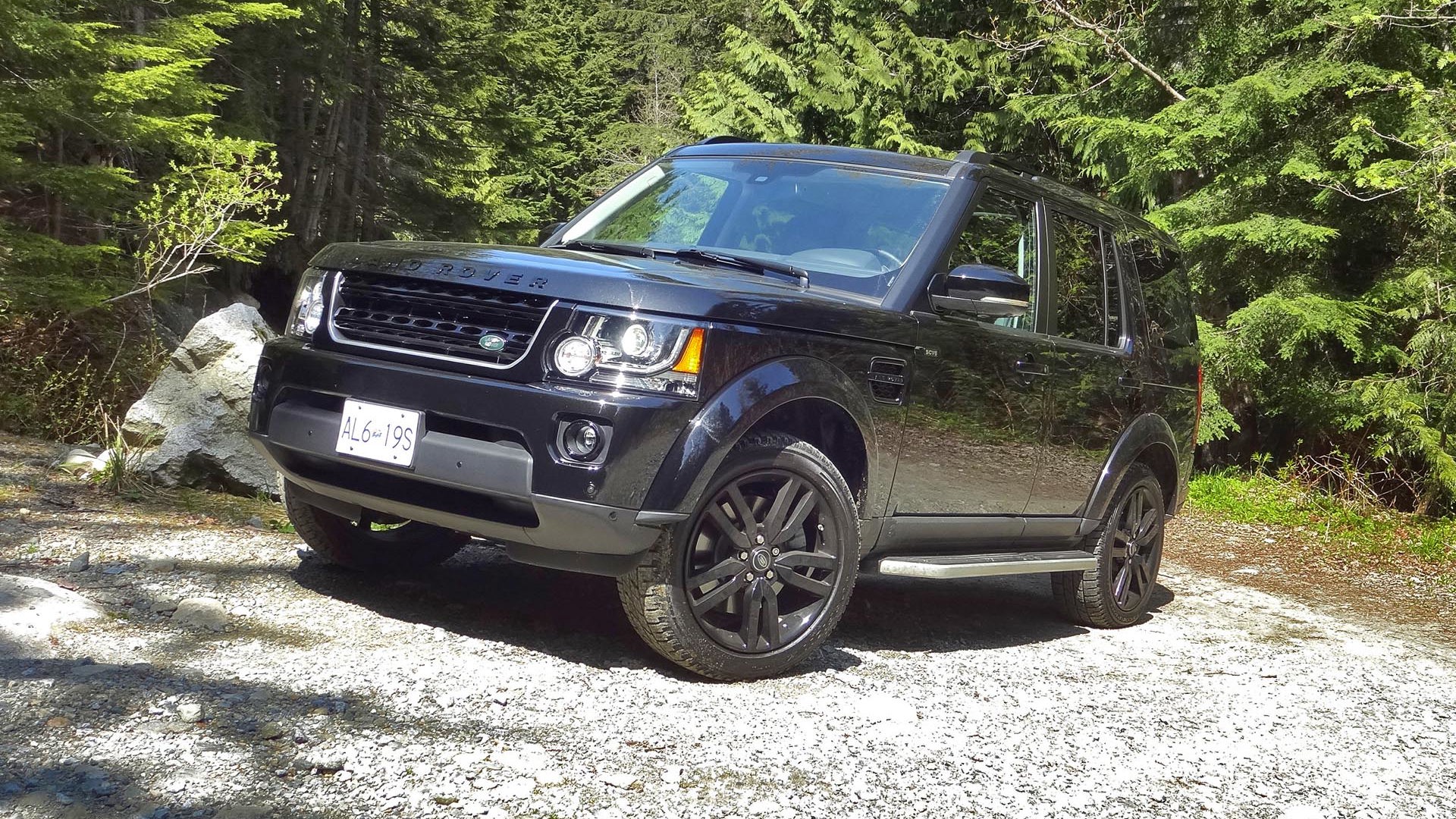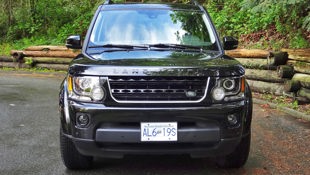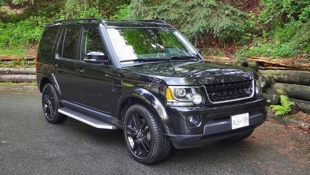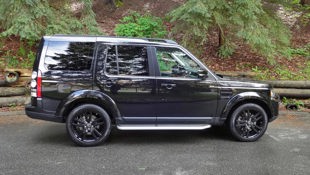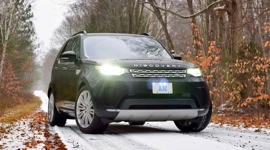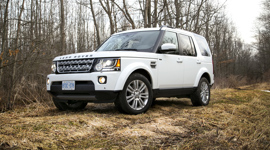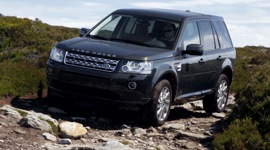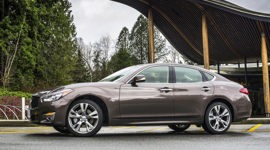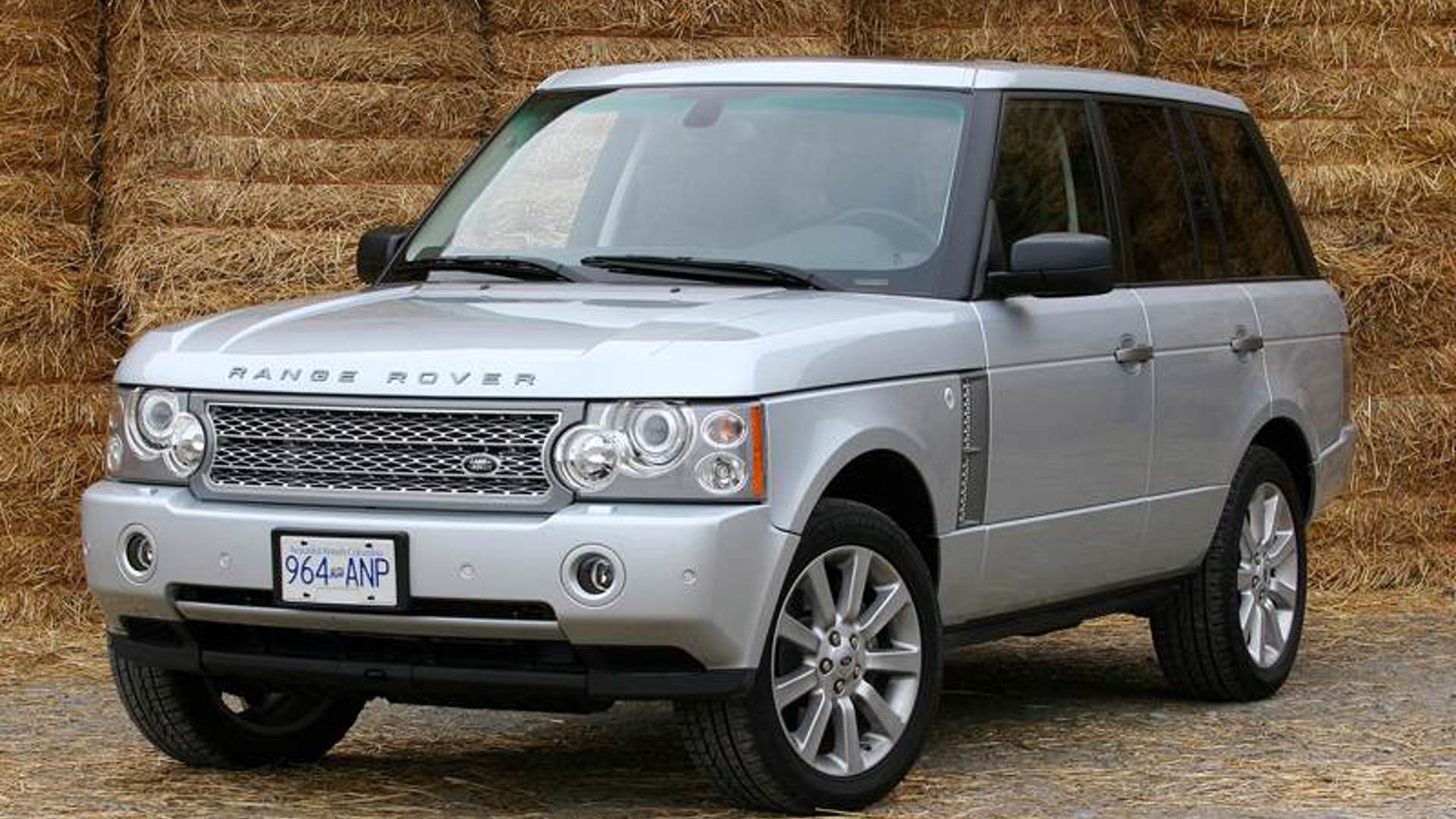There must be something in the water at Land Rover's headquarters in the English Midlands town of Solihull. Either that, or the company is intent on making a specific model for every member of the British royal family, who've long favoured the company's vehicles for driving around the grounds of Balmoral, attending polo matches, and whisking newborn heirs safely home from hospital.
And if you've ever wondered if the spare heir really matters, the LR4 proves that yes, it really does.
At any rate, over the years the Land Rover family tree has become at least as complicated as the royal family's, and apparently just as concerned about the concept of having "an heir and spare." And if you've ever wondered if the spare heir really matters, the LR4 proves that yes, it really does.
The heir to the Land Rover crown is the Defender, which is directly descended from the robust and utilitarian Series I 4x4 that launched Land Rover back in 1948. But the Defender is due to cease production at the end of 2015, with its replacement not yet officially revealed and not due to be built until 2018.
The spare heir, in the meantime, is the Land Rover Discovery – a slightly roomier, more street-friendly and better-fitted mid-size SUV that was originally based on Land Rover's more upmarket Range Rover, and that itself later spawned the smaller Range Rover Sport (we'll ignore the compact Land Rover Discovery Sport and Range Rover Evoque, much as we do the various side branches of the royal family).
The Discovery is the closest North American buyers have been able to get to the king of Land Rovers since 1997, when the Defender was chased out of our market over air bag and side impact regulations. We know the Discovery by a different name, however, because market research indicates that if North Americans are going to plunk down over $60,000 for a luxury SUV we prefer it to have an alphanumeric name rather than one that can be shortened to "Disco", so Land Rover calls it the LR4 here. It's a name that sounds like it means business, and the LR4 does indeed mean business.
Big and boxy, with a stepped roofline and expansive windows, the LR4 has been around in the same basic form since 2010, when it replaced the very similar LR3. It underwent a major mechanical revision in 2014, with a Jaguar-sourced supercharged 3.0L V6 engine and eight-speed automatic transmission replacing the previous V8 engine and six-speed transmission. At the same time the standard two-speed transfer case was made optional, with a simpler single-speed transfer case replacing it as standard equipment, thus reducing costs and improving on-road fuel efficiency.
For 2015 the LR4 receives only minor revisions, with adaptive cruise control, a wood-and-leather steering wheel and a suite of smartphone apps added to the options list, and side steps now standard.
The LR4 is both immensely capable and physically immense, measuring a full 1,882 mm tall (just a quarter-inch shy of six feet) and tipping the scales at 2,695 kg – nearly three tons. Both the capability and the weight are due in some part to the LR4's unique IBF (Integrated Body Frame) structure that combines a monocoque engine bay and passenger compartment with a basic ladder-frame chassis for the gearbox and suspension.
Where the old V8 cranked out 375 hp and 375 lb-ft of torque, the V6 develops 340 hp and 332 lb-ft of twist. It does get a couple more gears to work with, but mass is mass, so the LR4's acceleration is a tick slower than it used to be, at 8.1 seconds from 0-100 km/h. Still, that's about average for the segment, and nothing to really complain about.
Unfortunately, mass being mass, the V6-equipped LR4 remains a thirsty beast, especially in city driving. Official city/highway fuel consumption figures are 16.1 / 12.1 L/100km, for a 14.3 L/100km combined average. My Santorini black test car was showing average consumption of 15.4 L/100km when I picked it up, and it quickly clicked up to 15.5 during the first couple of days of city driving. After resetting, I was able to notch up a best recorded figure of 10.8 L/100 km on the highway, and with a light foot on the accelerator I was able to achieve 14.6 L/100km in mixed suburban driving. But throw in a little light off-roading and by the end of the week my measured economy at the pump was right back where things started, at 15.3 L/100 km. The gas cap recommends premium fuel, so that added a little more to the overall cost (it's a shame we can't get the LR4 with a diesel).
One thing that does help keep the fuel costs down around town is the V6's automatic start/stop technology, which shuts the engine down when waiting at traffic lights. You're encouraged to leave this feature enabled by a large glowing amber warning light that comes on if you disable it. When toodling around town the V6 has a pleasant exhaust burble, which morphs into a supercharged mechanical whir under hard acceleration. The transmission offers sport mode and good-sized shift paddles for when you want to take over shifting duties, but frankly I didn't use these much – caning the LR4 along in sport mode just feels a little unseemly.
On the road the LR4 offers a well-cushioned ride, with a fully-independent suspension that uses coil springs and air bags to allow electronic control of the ride height and help mitigate leaning in corners and diving under braking. Around corners the LR4 is generally well-controlled and drama free (the electronic nannies step in early but discreetly if you do anything untoward), with less lean than you might expect in such a tall-riding vehicle. Make no mistake though, this is a big SUV and it drives like a big SUV (albeit a very civilized one), with a certain degree of detachment and some occasional pitching and bucking over larger road irregularities.
Off-road, the LR4 is superbly capable, essentially limited only by the tires installed on it and your willingness (or not) to scratch up the paintwork. My test vehicle was fitted with the optional 20-inch wheels and low-profile tires, which is a bit akin to going for a hike wearing Gucci loafers, and definitely a bit incompatible with the test vehicle's optional heavy-duty package, which features the twin-speed transfer box and active rear locking differential. So while the LR4 scoffed at the rather mild off-road terrain I was able to access, I did constantly worry about damaging the rims or slicing the tire sidewalls on sharp rocks. In my experience even the base 19-inch wheels seem somewhat unsuitable for more difficult terrain, and I'd like to see some sort of high-profile wheel-and-tire option for real off-road duty.
I was impressed, as always, by Land Rover's terrain select system, which optimizes the drivetrain and traction control systems for normal driving, snow/ice, mud/ruts, sand, or rock crawling. While off-road I was running mostly on steep dirt trails, and I appreciated hill descent control offered by the mud/ruts mode, which allows you to drive using just the throttle, with the vehicle automatically keeping its speed in check on the downhill stretches.
Inside, the LR4 offers exceptional space and comfort for up to seven passengers – it feels more on par with a full-size SUV than a mid-size, and it has plenty of luxury touches. The upright roof pillars and large expanses of glass also result in very good outward visibility, making it surprisingly easy to pilot the vehicle around town despite its rather large footprint.
My test car was fitted with the Extended Leather trim package which includes a stitched leather dash and stitched leather door uppers (both front and rear), and elsewhere the standard materials included soft-touch door inserts, cloth-wrapped roof pillars and genuine metallic trim. Good-looking rigid plastics are used for the door lowers and console, and the fit and finish is all up to par. Shifting is accomplished via Jaguar Land Rover's now ubiquitous rotary dial, which rises gracefully up out of the console at startup.
Standard equipment includes dual-zone automatic climate control, a power front sunroof with fixed rear panoramic roof (what Land Rover calls an Alpine roof), fog lights, heated eight-way power front seats, leather upholstery, heated leather-wrapped tilt and telescoping steering wheel, heated windshield, cruise control, auto-dimming mirror, pushbutton start, seven-inch multimedia touchscreen display, and a 380-watt 11-speaker Meridian audio system with Bluetooth connectivity, CD player, USB plug and auxiliary input.
Moving up to the HSE trim adds features including heated second-row seats, driver's seat and mirror memory function, passive keyless entry, seven-seat comfort package, HDD navigation system and satellite radio.
My test vehicle's HSE Luxury trim upped the ante further with unique exterior styling details, front parking sensors, rear view camera with junction view and kerb view (that's British for curb view), ungraded Windsor leather seats, cooled centre console cubby box, interior ambient lighting, and an upgraded (and truly superb sounding) 825-watt 17-speaker Meridian sound system. I should note that the camera's various different views can be activated when driving, which is particularly useful for locating obstacles when driving off road.
I found the front seats to be brilliantly comfortable, and all the seats offer plenty of room for adults, even the third row seats thanks to the tall rear roofline (deploying and accessing the seats is a bit of a contortion, but they are proper adult-sized seats once you get back there). Cargo space is a capacious 1,192 L behind the second row seats and 2,558 L with all the seats folded. Deploy the third row seats however and cargo space drops to a somewhat restrictive 280 L.
Access to the cargo area is via a split folding hatch/tailgate, and generally speaking I quite like this arrangement because it reduces the space required behind the vehicle to open the hatch, and the tailgate provides a rather convenient perch for sitting on. However, when loading things into the cargo area it can be a bit of a high lift-over if you decide not to drop the lower tailgate, yet it can be a bit of a long reach in past the tailgate if you do decide to drop it.
My only real interior complaint was that the unhooded, upward-facing multimedia touchscreen display can sometimes catch the sun and become essentially unreadable, and the lighted terrain select driving mode indicators can likewise become washed-out and impossible to see, so you sometimes have to cup your hand over them ad peer closely when trying to select driving modes.
Pricing for the LR4 starts at $61,565 (including the $1,575 destination fee) for the base model, and moves up to $66,565 (destination in) for the HSE and $74,565 including destination for the HSE Luxury. My test car added on further $8,950 in options (the Black Design package with 20-inch wheels, Vision Assists package, Heavy Duty two speed transfer case package, Extended Leather package and retractable cargo cover) for an all-up price of $83,515.
That may sound like a lot of coin, but compared to some of the LR4's seven-passenger rivals it's actually a relative bargain: The Mercedes-Benz GL-Class has a starting price right up near my test car's all-up price, at $80,575 destination in. The Cadillac Escalade similarly starts at a base price of $83,895 including freight. Meantime the Mercedes-Benz G-Class, which is arguably the LR4's closest competitor in terms off-road capability, starts at an eye-popping $124,695 including the destination charges.
Where the LR4 excels is in combining luxury and day-to-day liveability with traditional style and unstoppable capability, while providing one of the most spacious-feeling interiors of any SUV. All that, and you can order it up with Union Jack logos on the valve caps. Jolly good, I say!
| Warranty: 4 years/80,000 km; 4 years/80,000 km powertrain; 6 years/unlimited distance corrosion perforation; 4 years/80,000 km roadside assistance Competitors: |
| Model Tested | 2015 Land Rover LR4 (HSE Luxury trim) |
|---|---|
| Base Price | $72,990 |
| A/C Tax | $100 |
| Destination Fee | $1,575 |
| Price as Tested | $83,615 |
|
Optional Equipment
$8,950 (Santorini black paint, $600; Black Design package with 20-inch wheels, $3,500; Vision Assist package, $2,100; Heavy Duty two-speed transfer case package, $1,500; Extended Leather package, $1,100; retractable cargo cover, $150)
|
|
